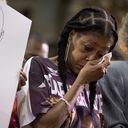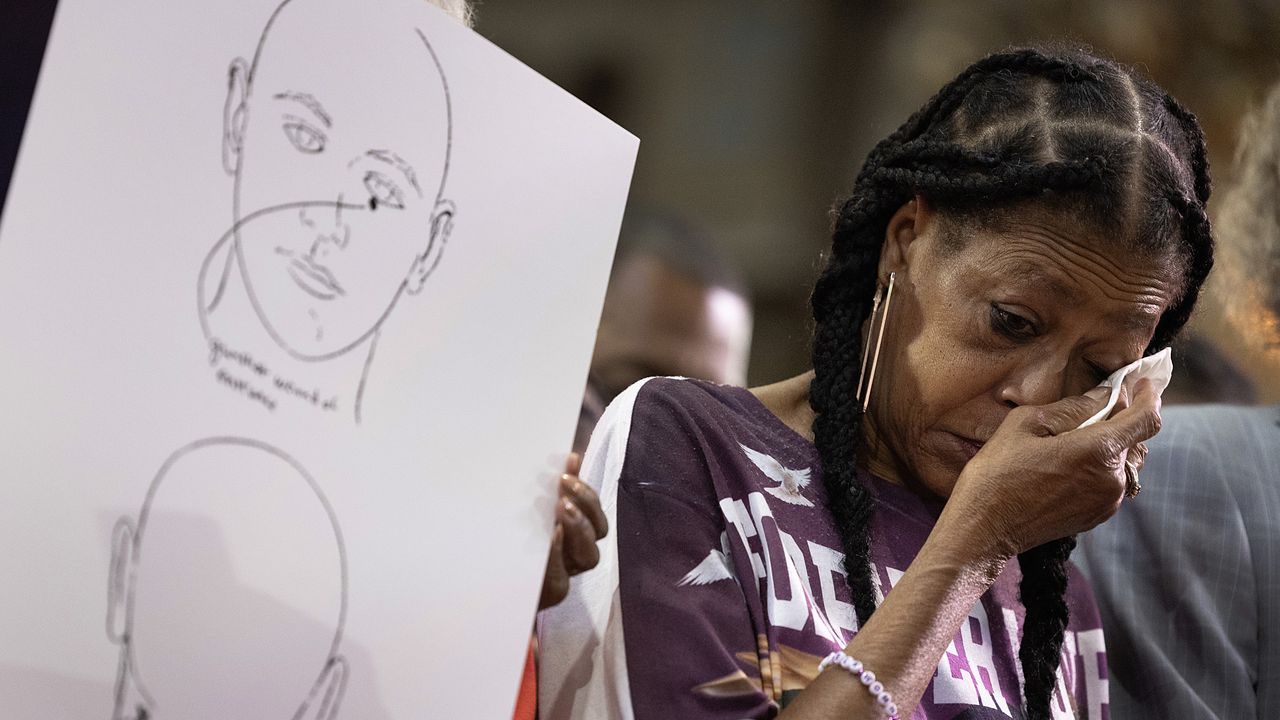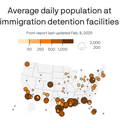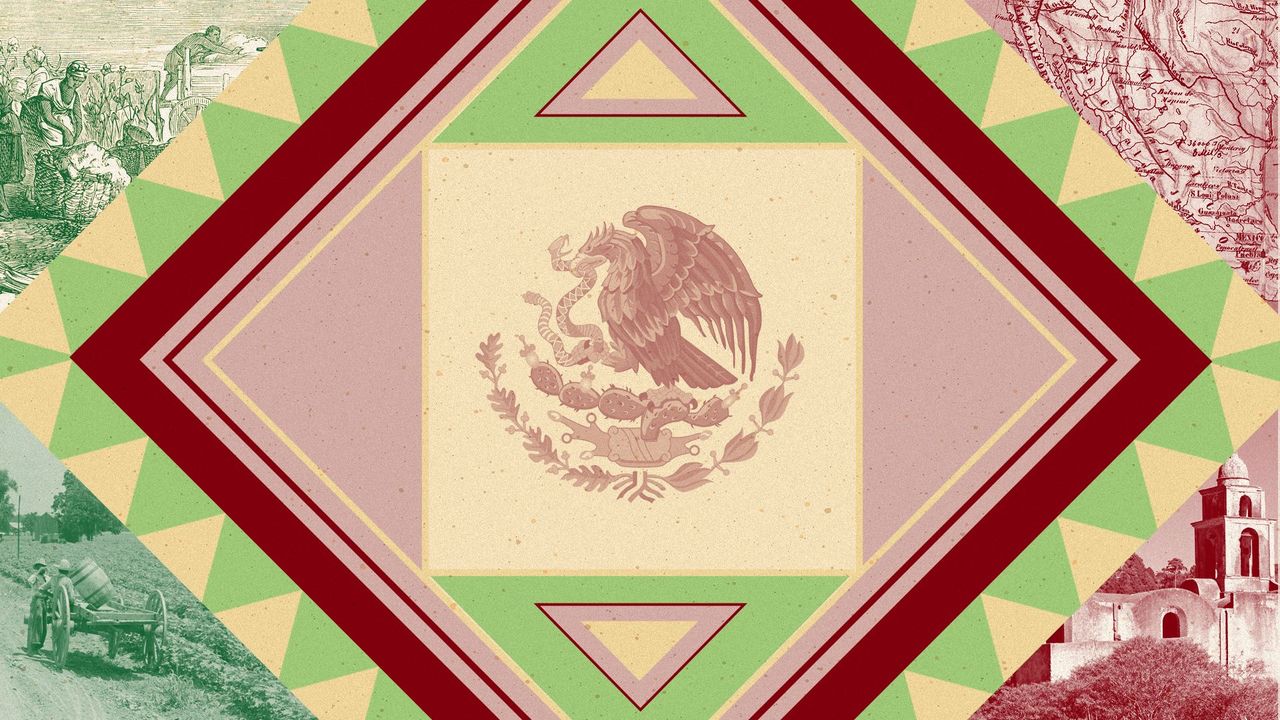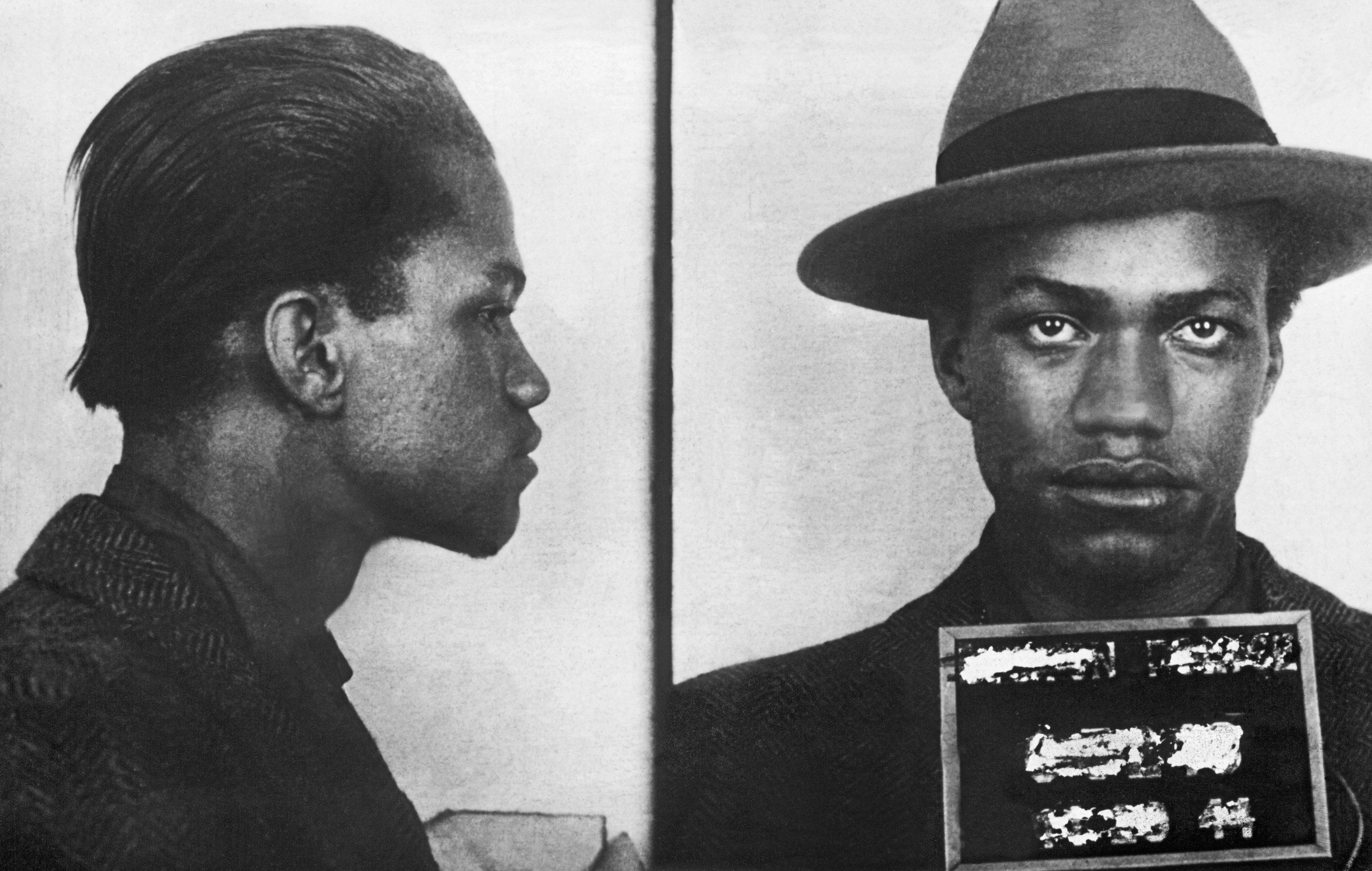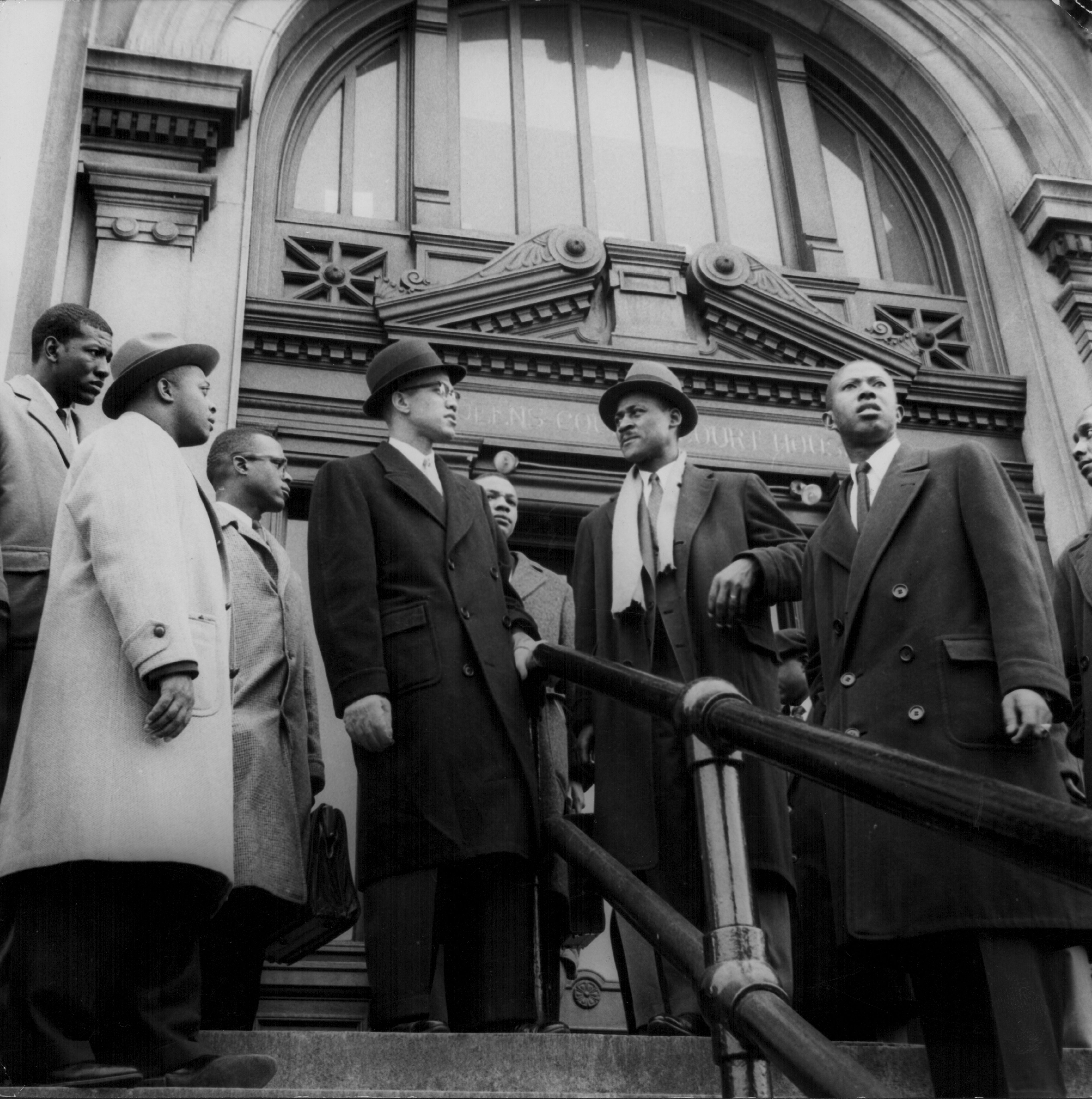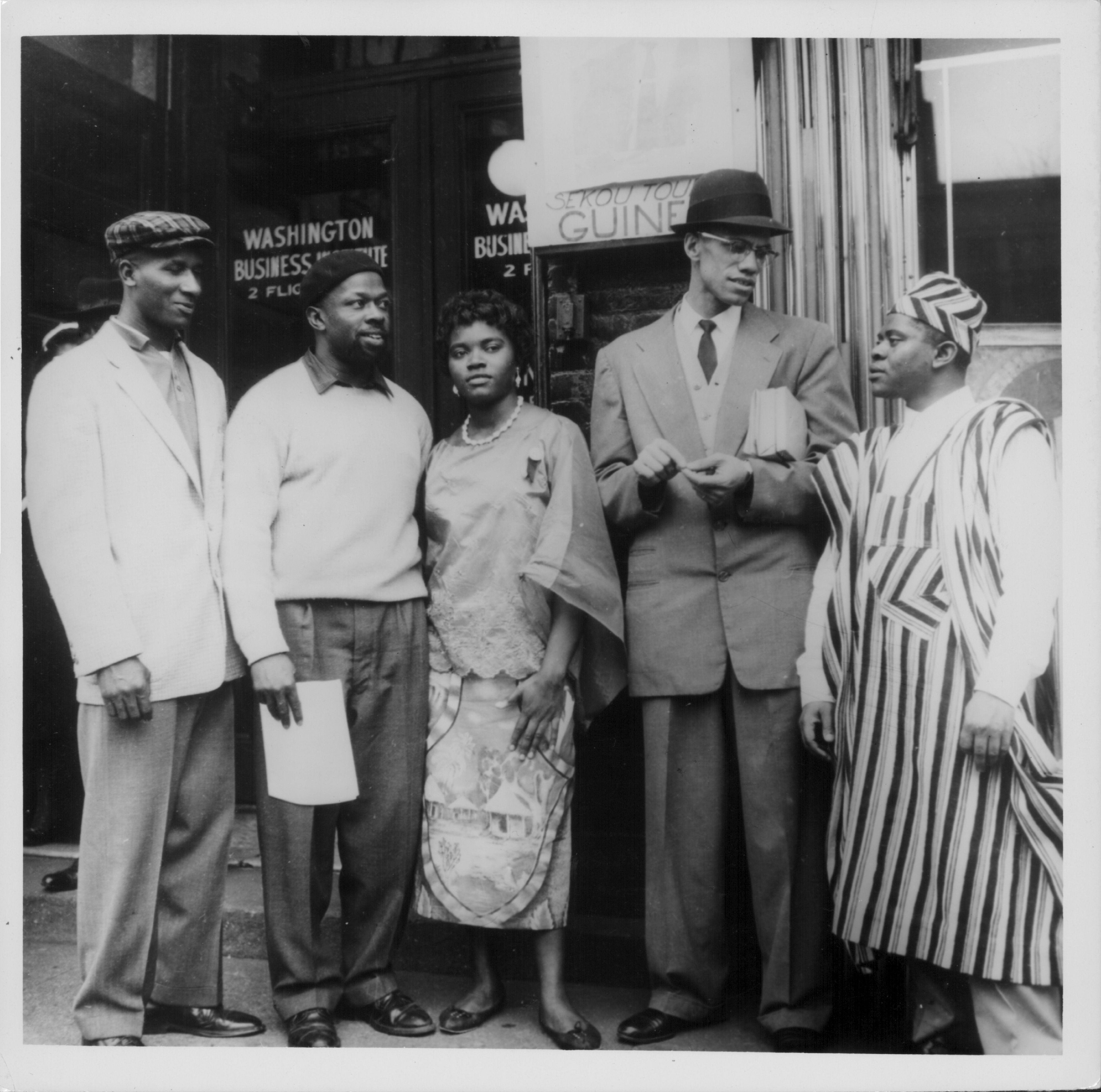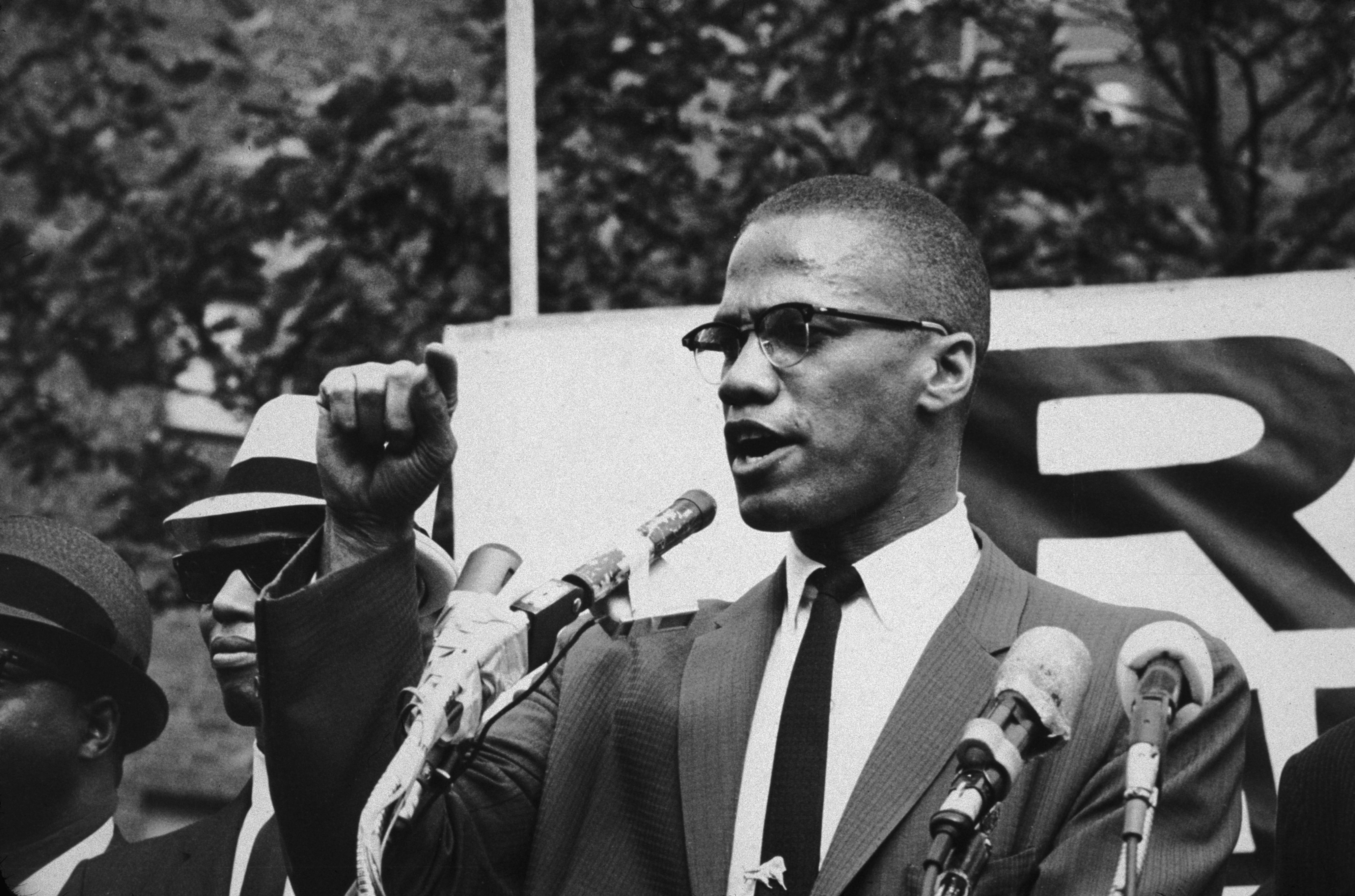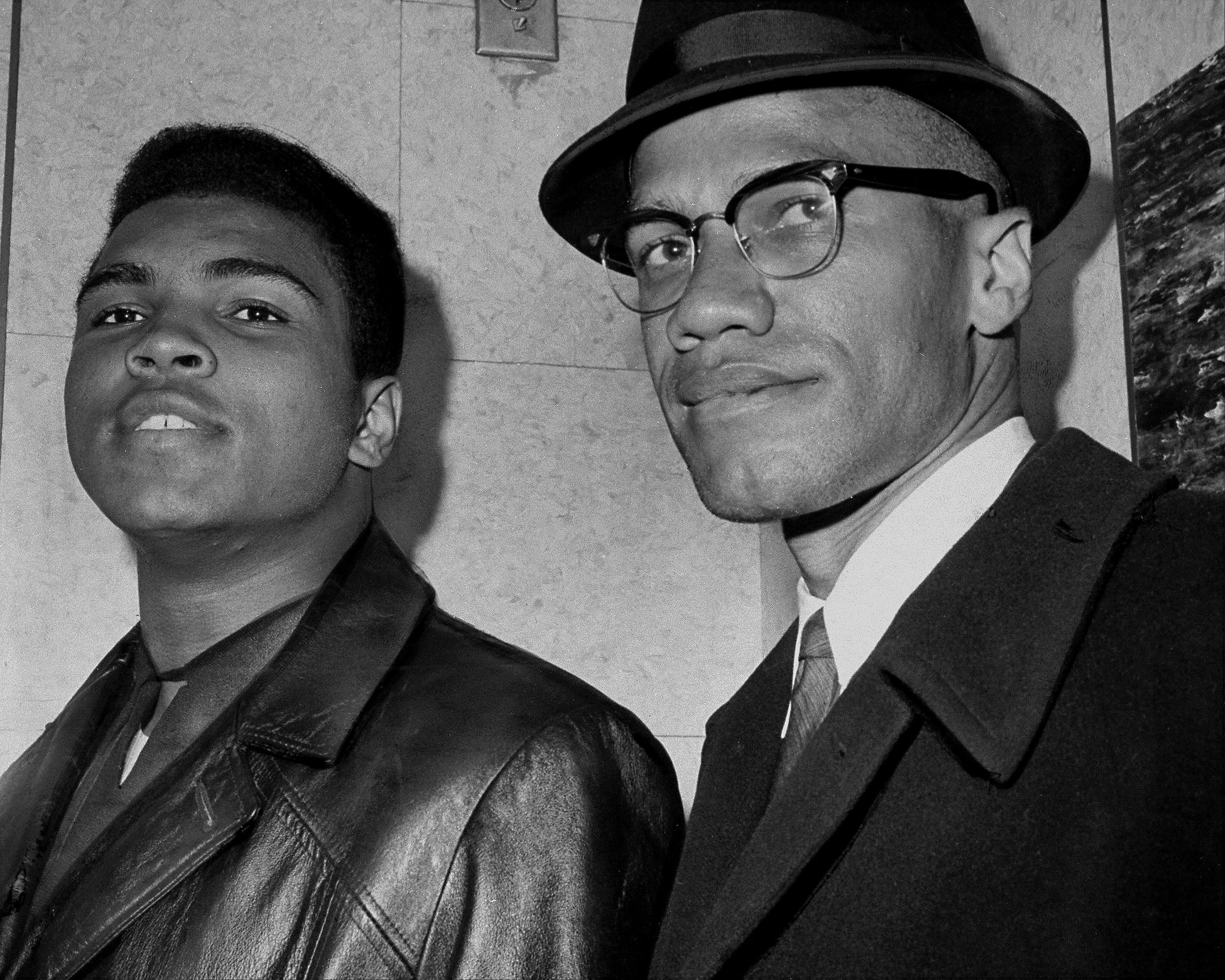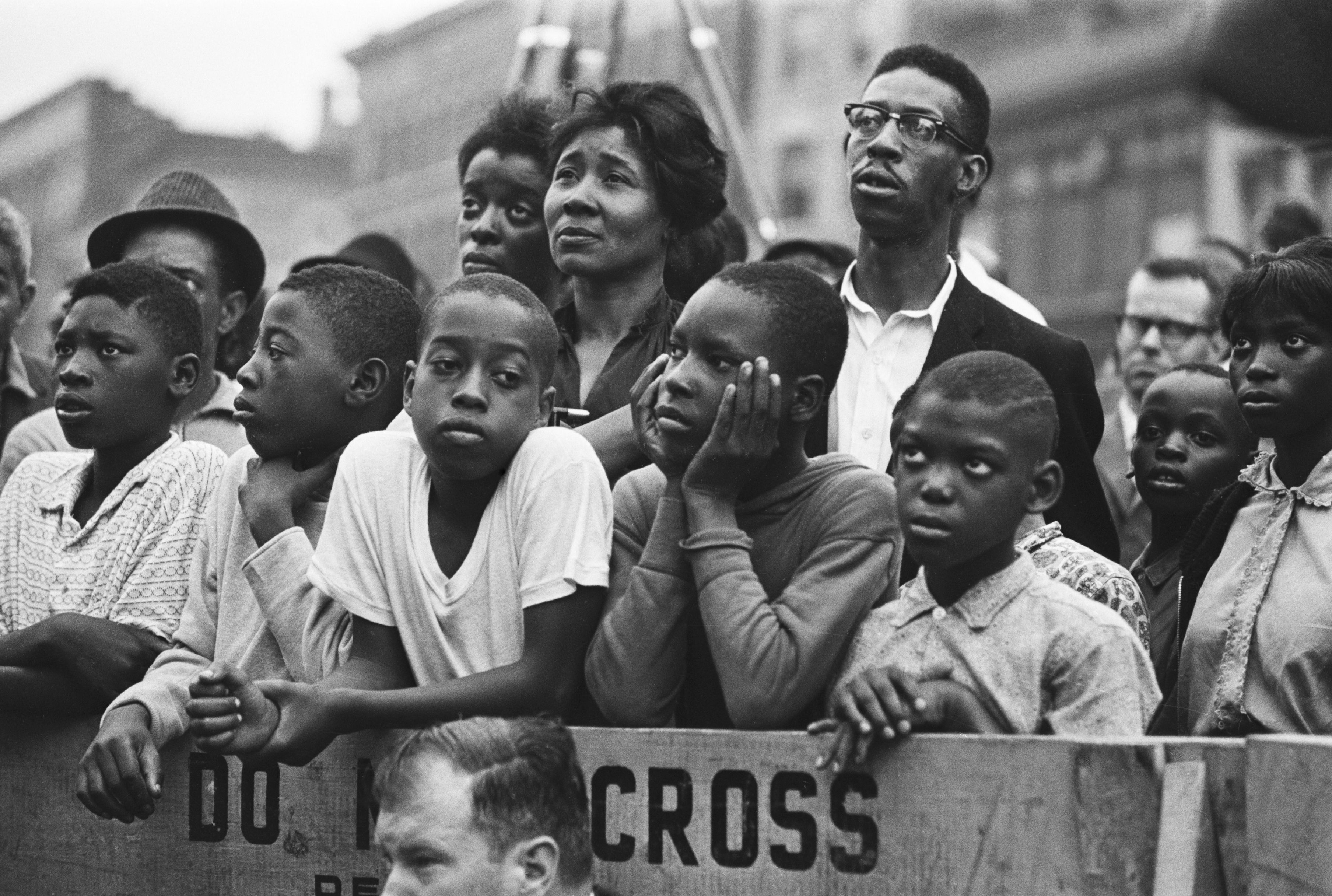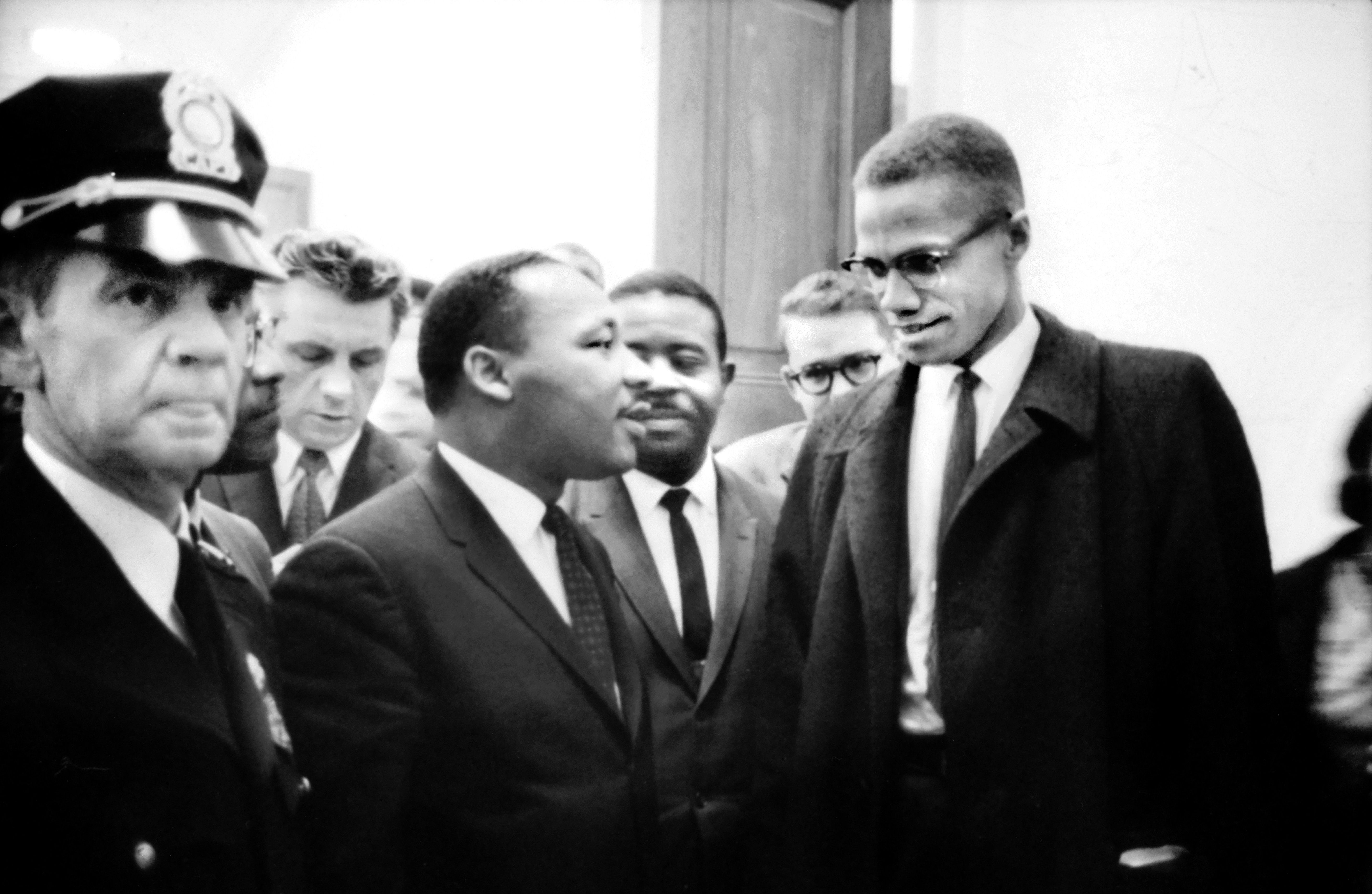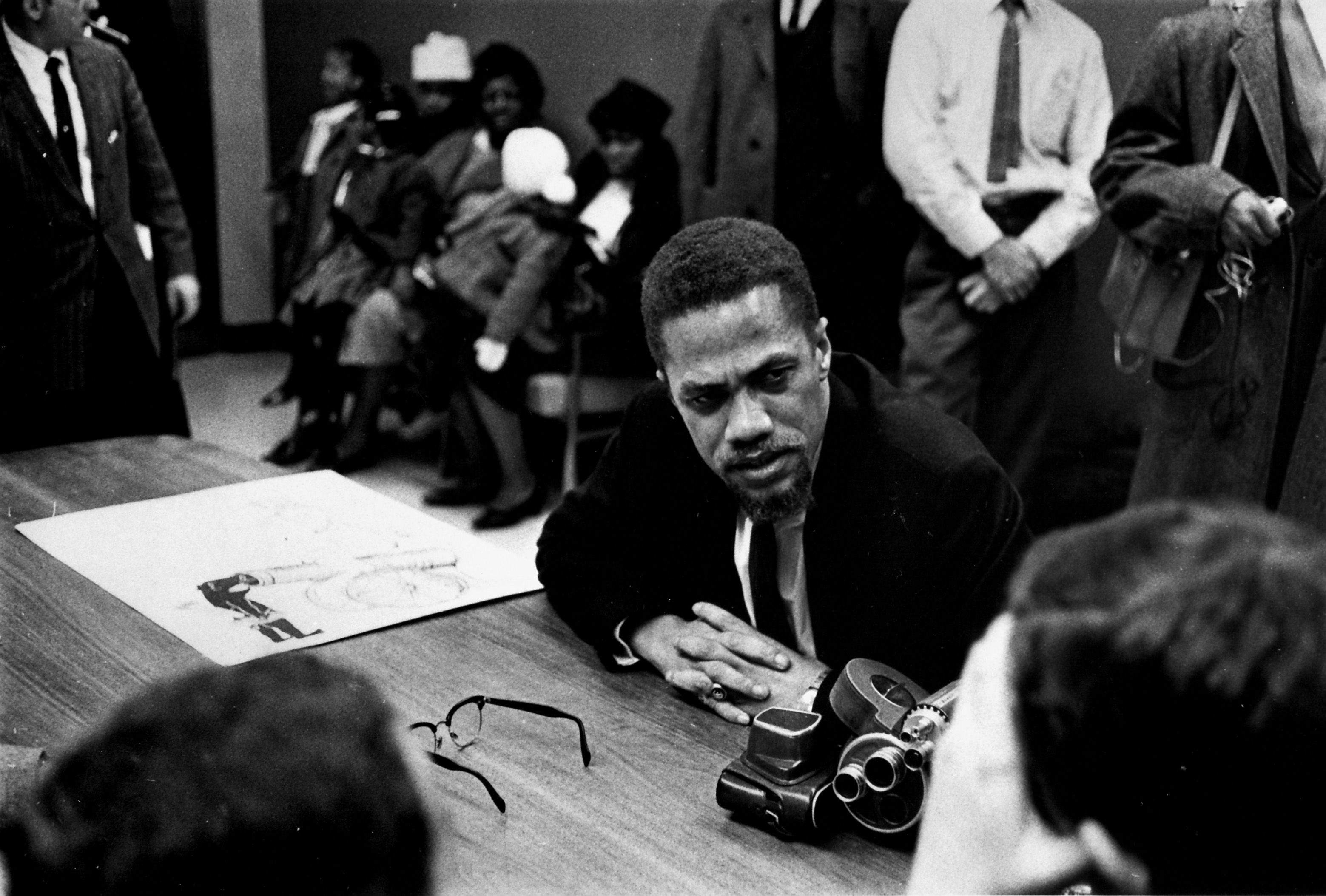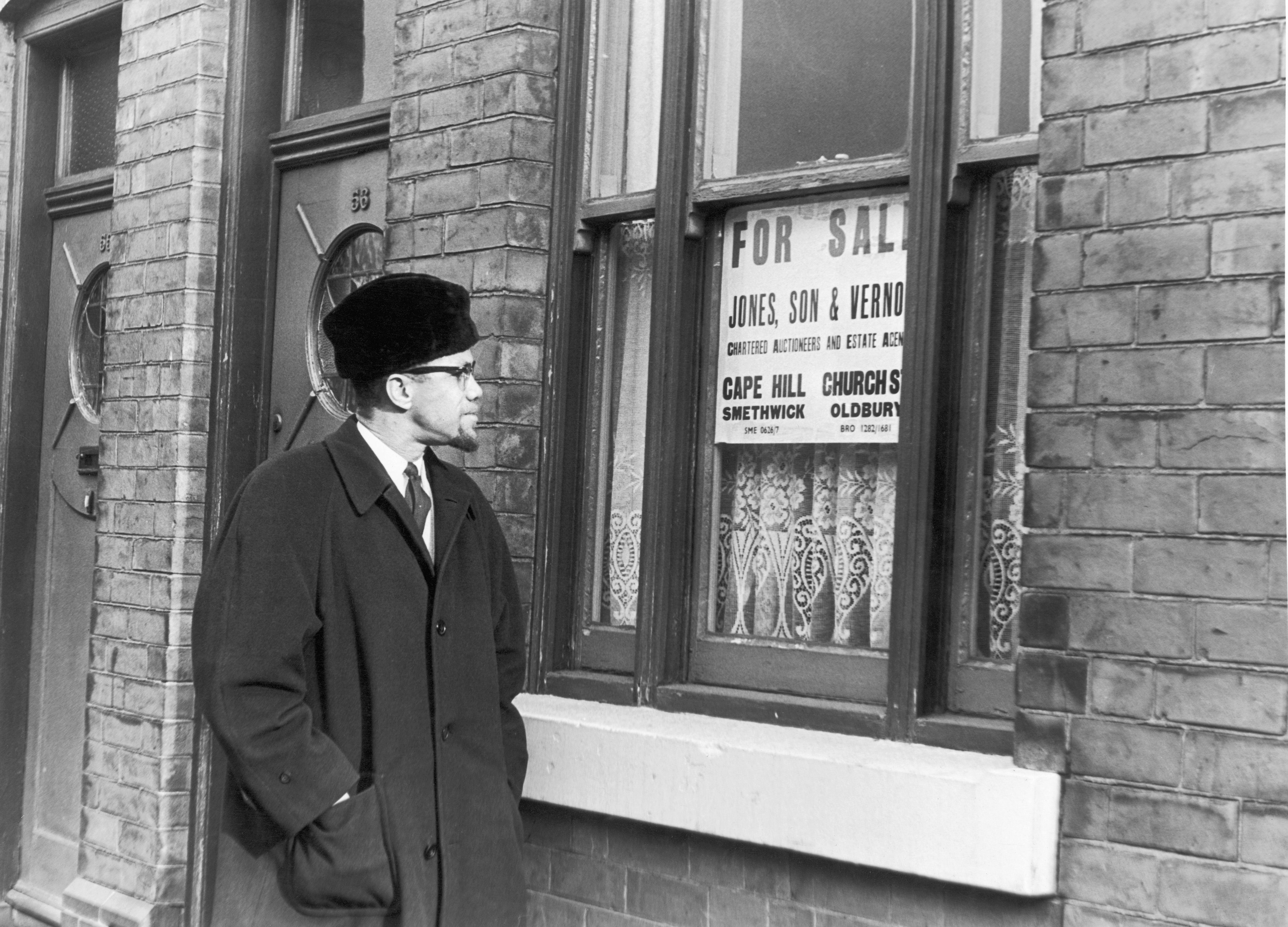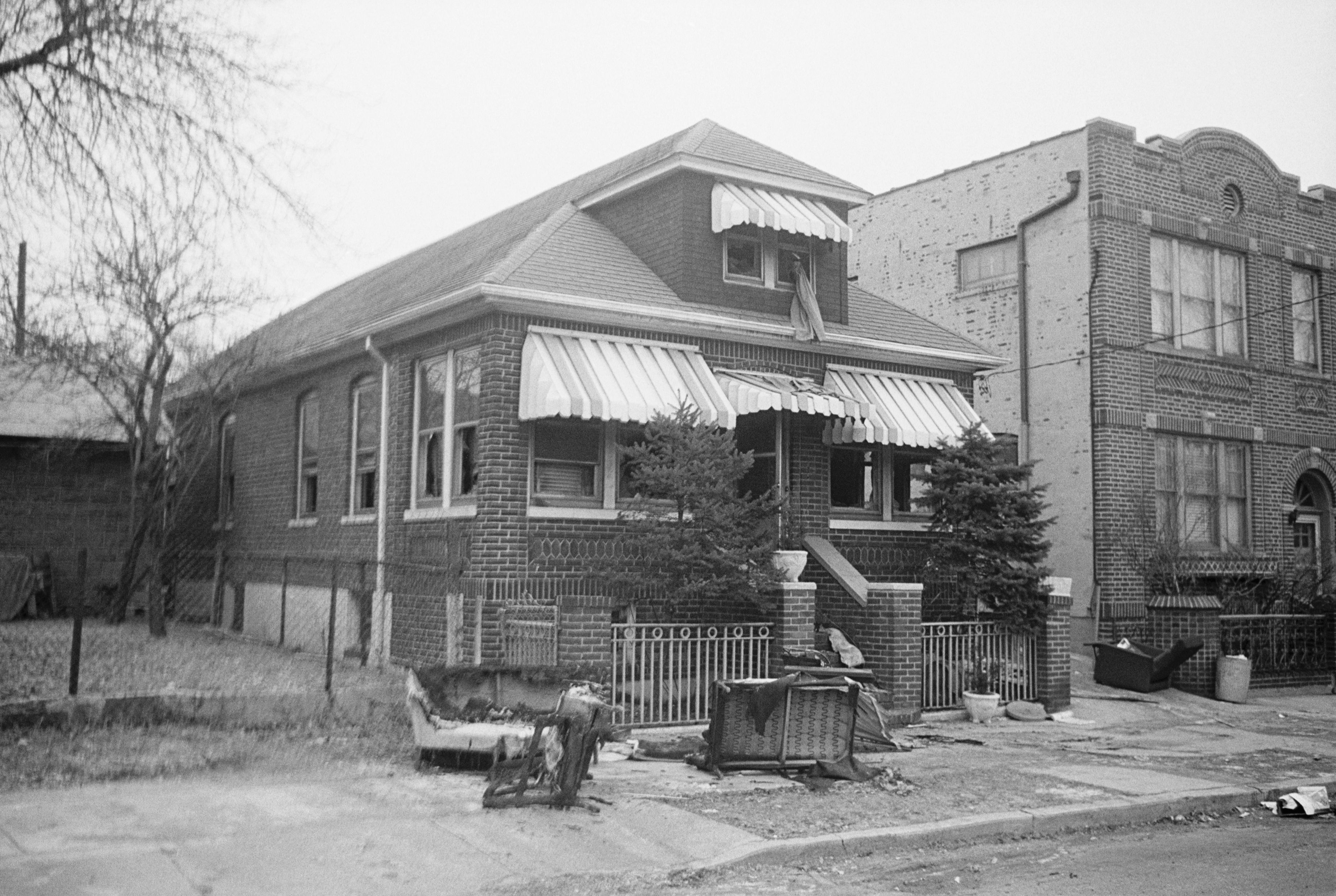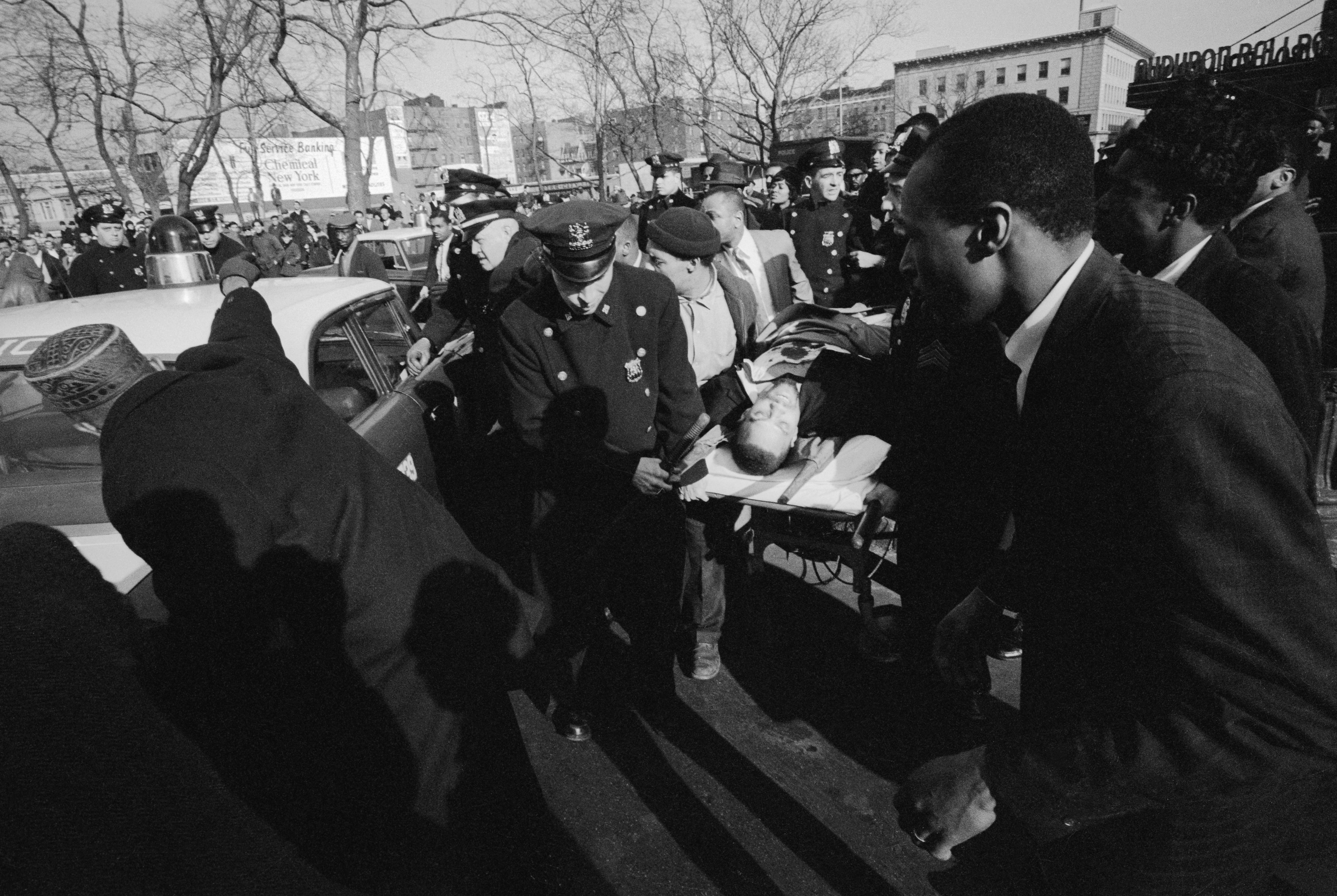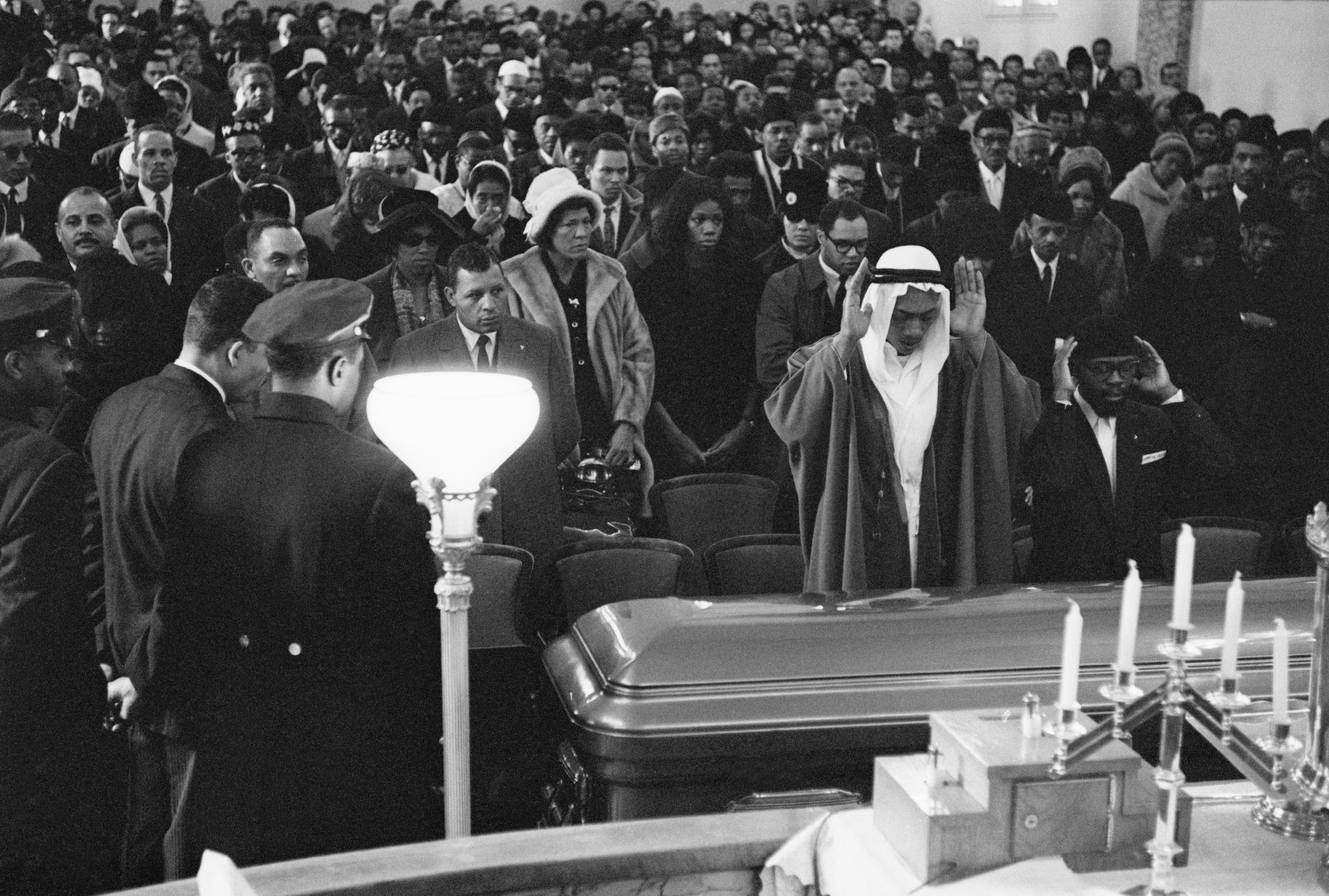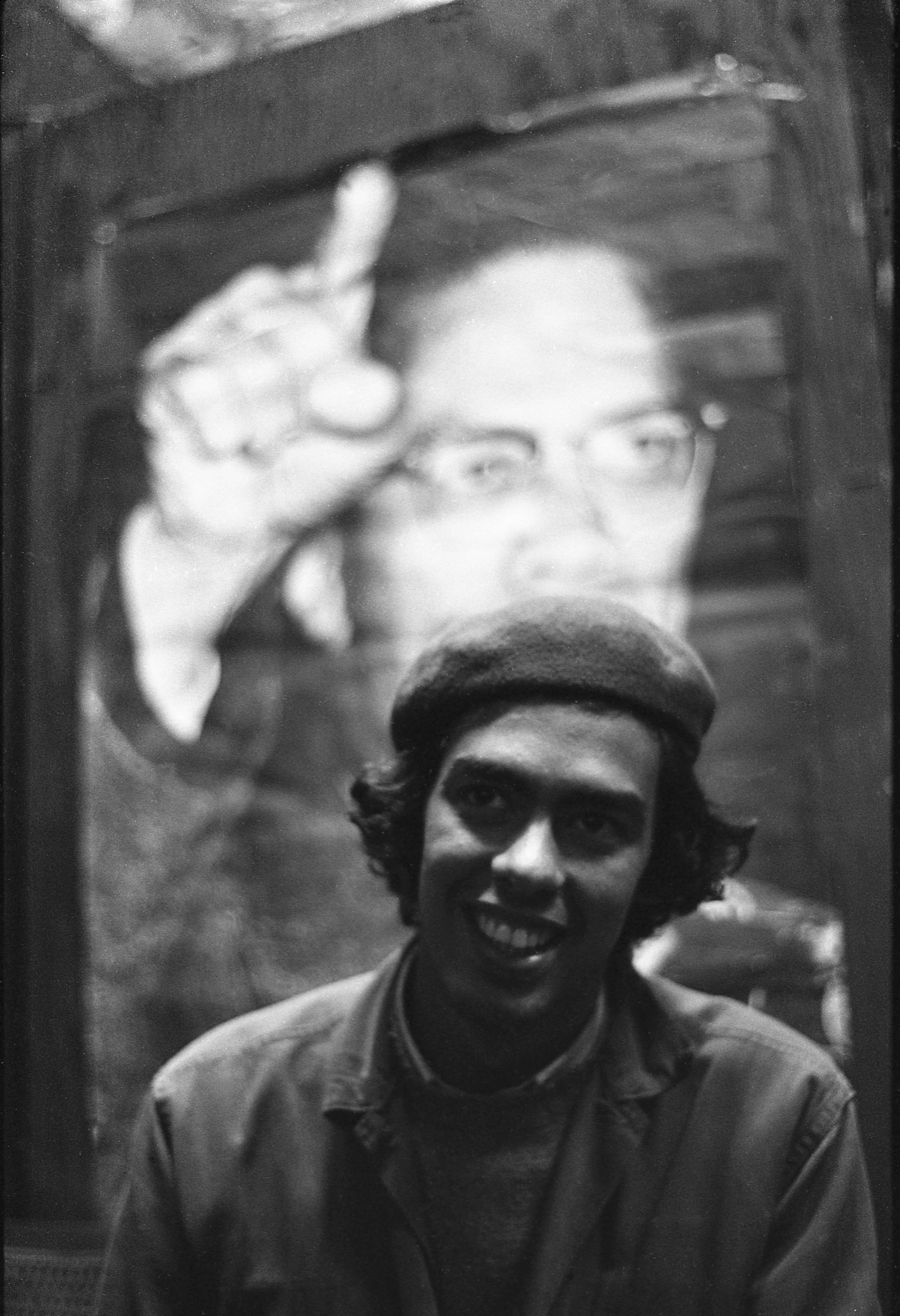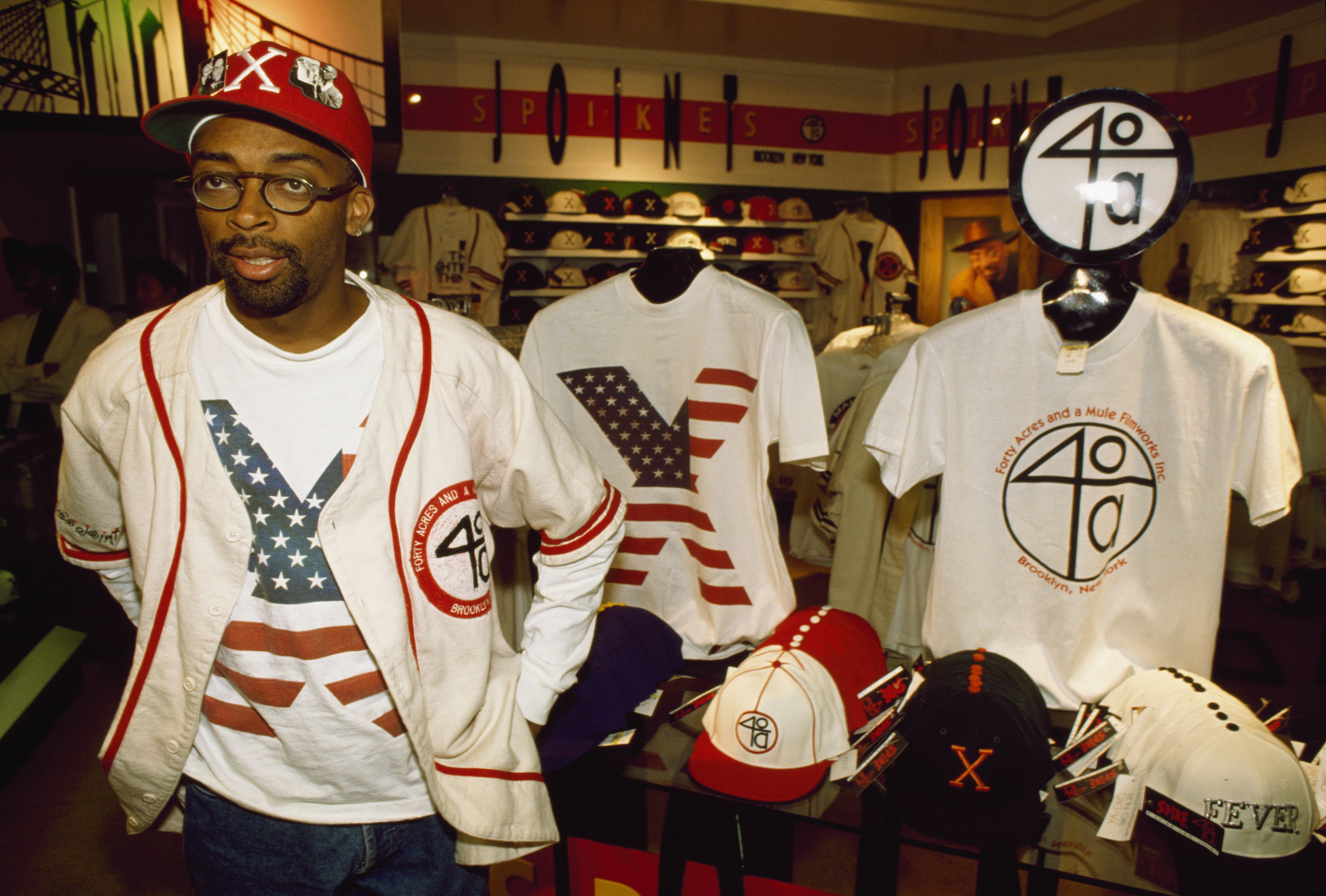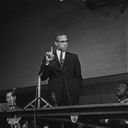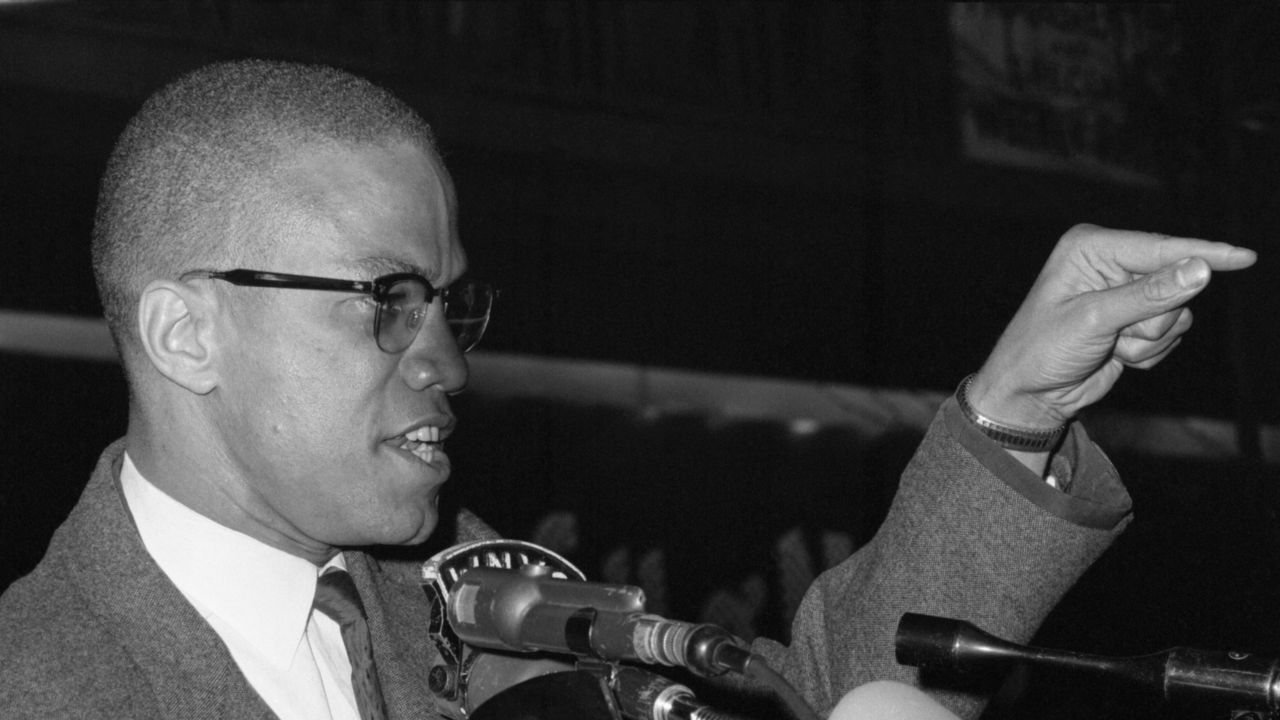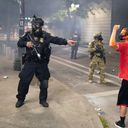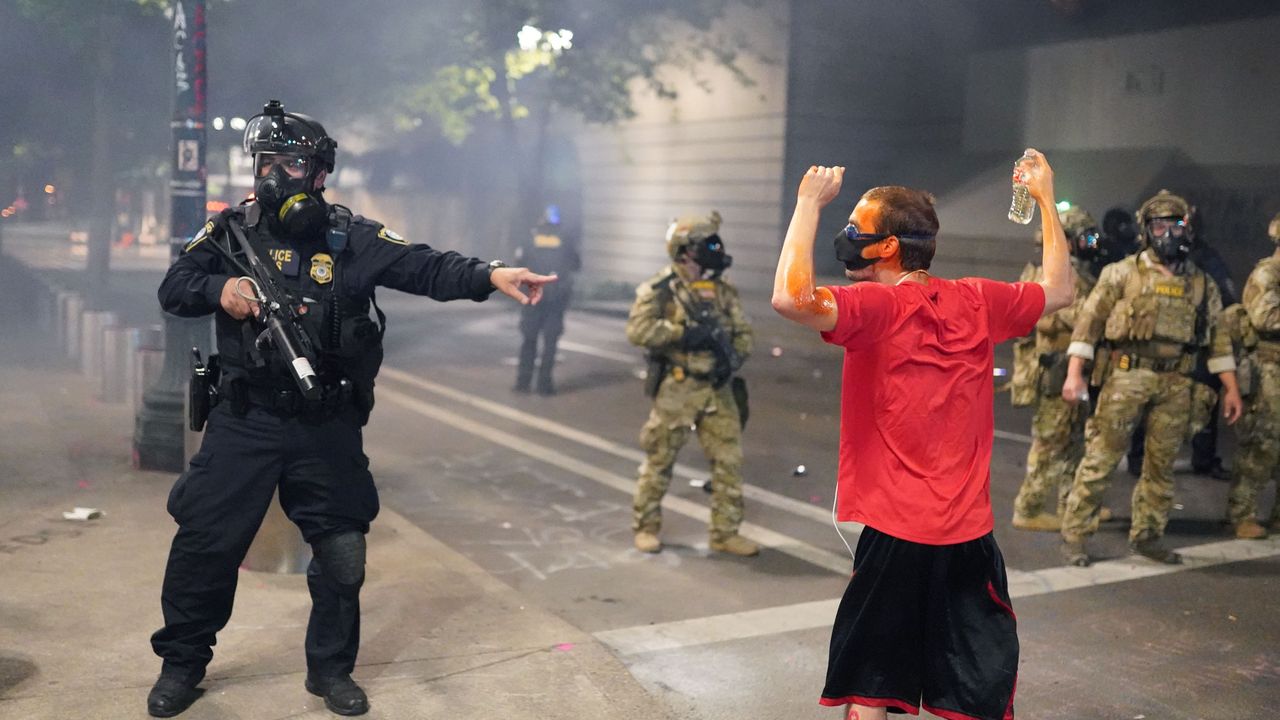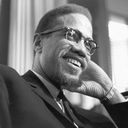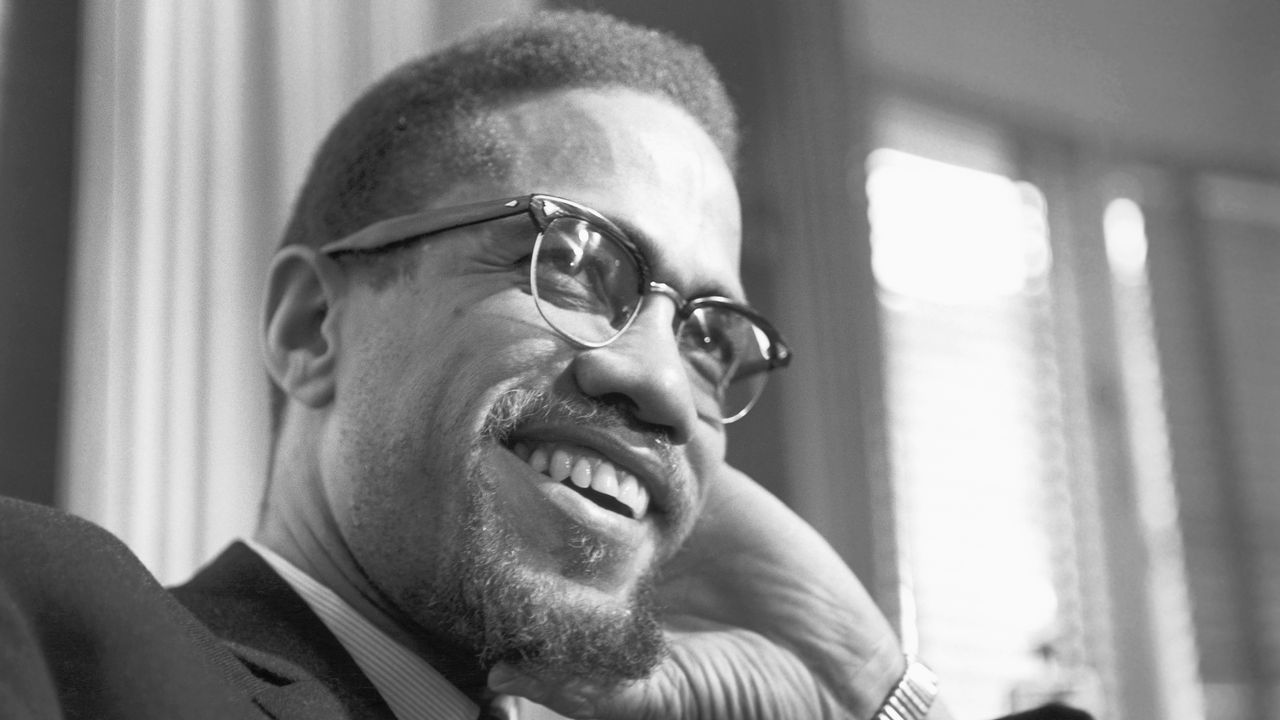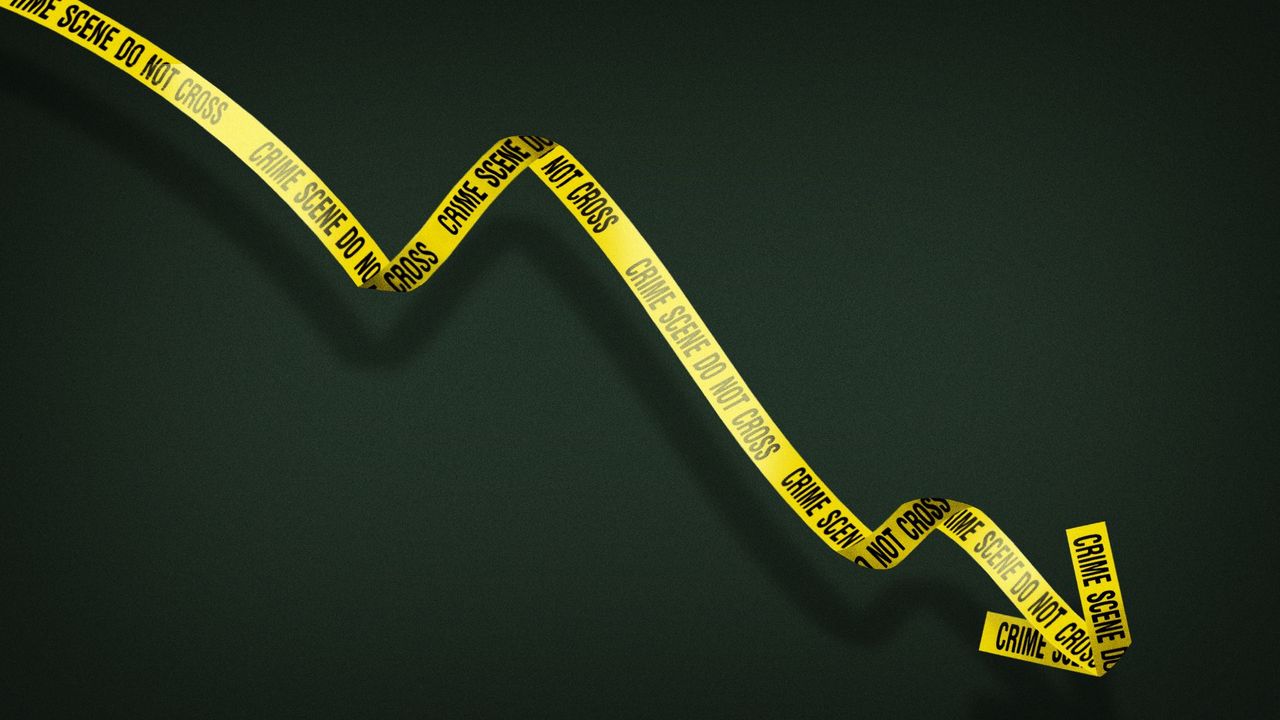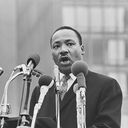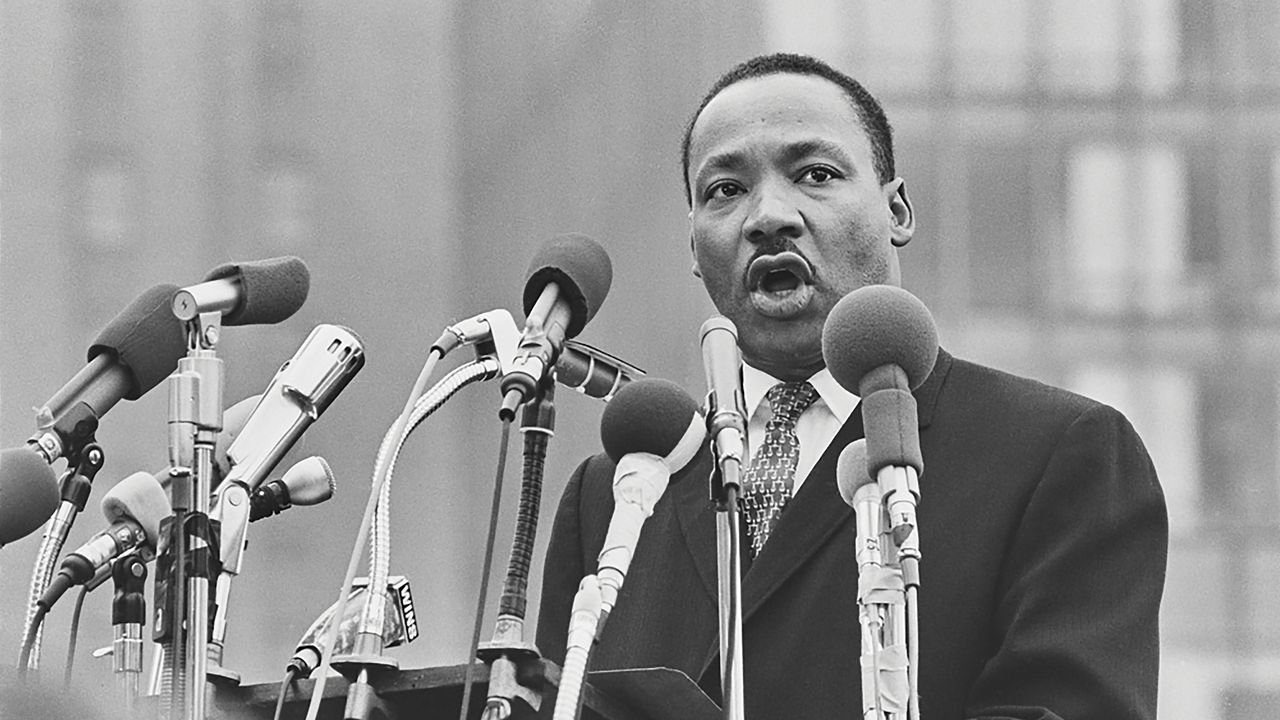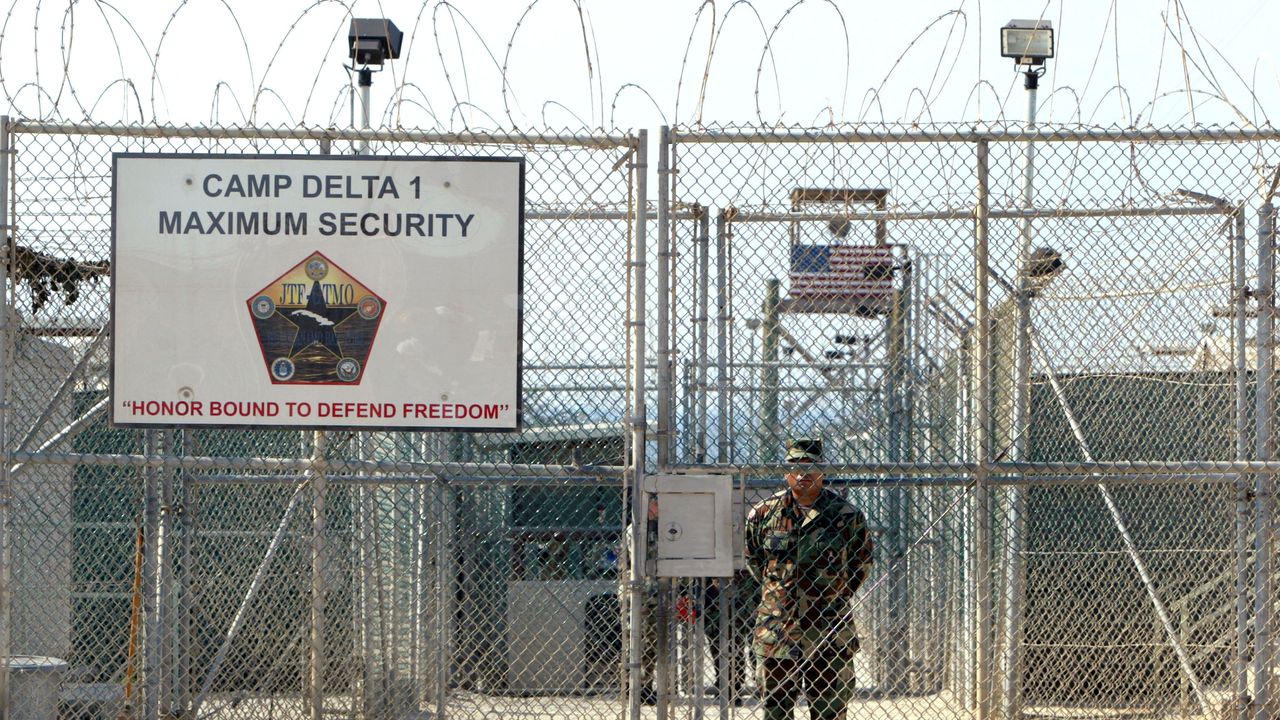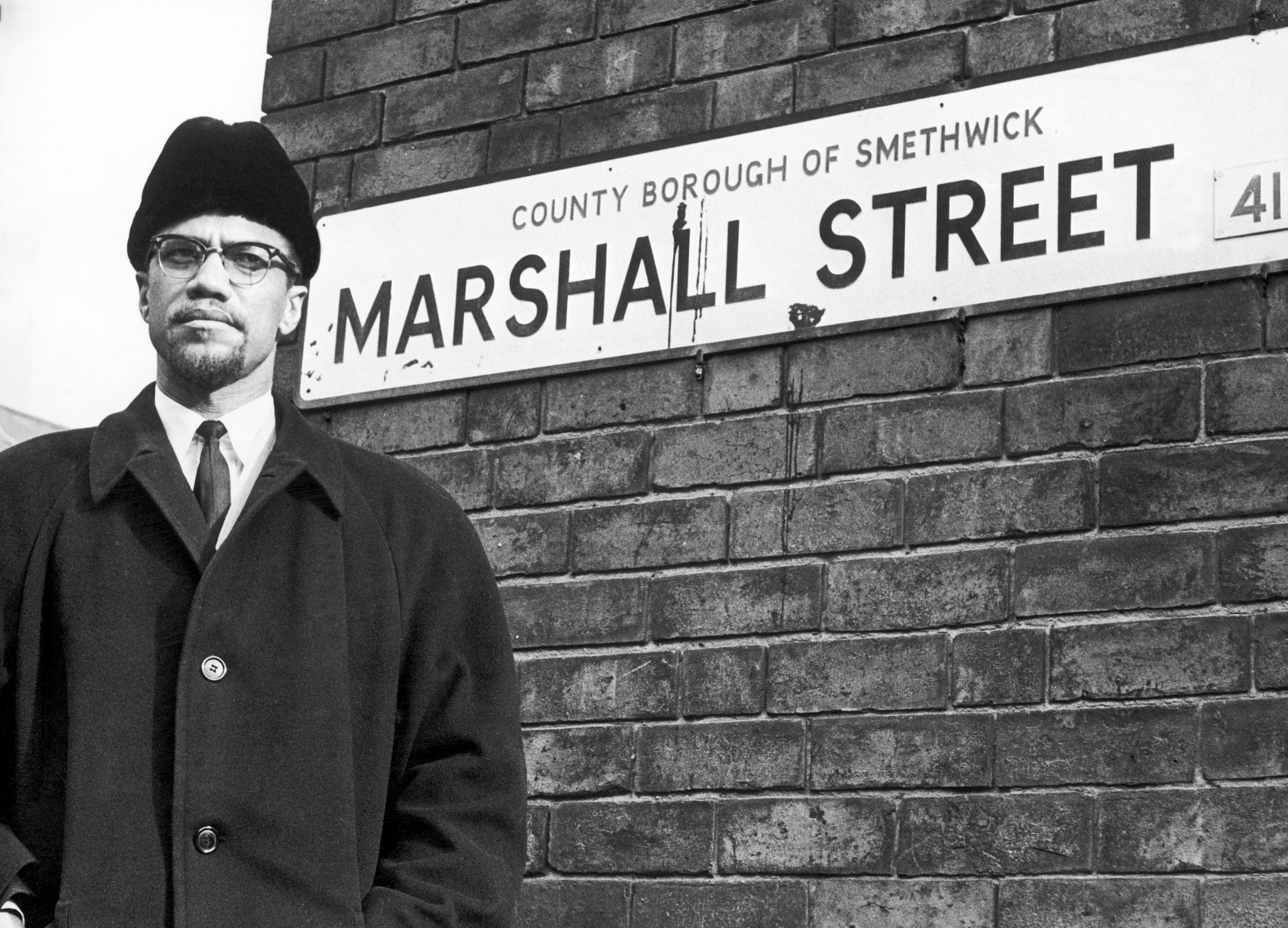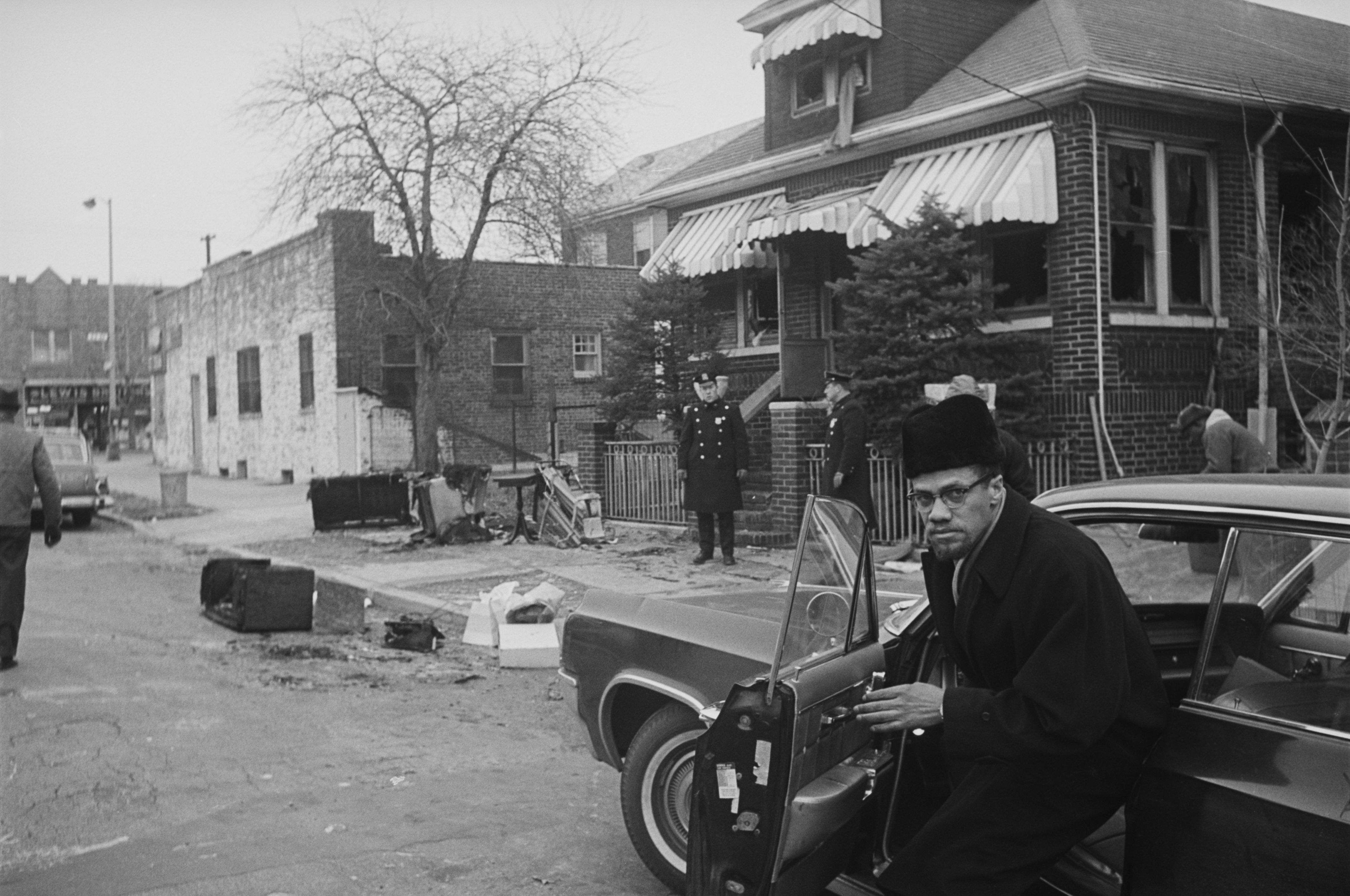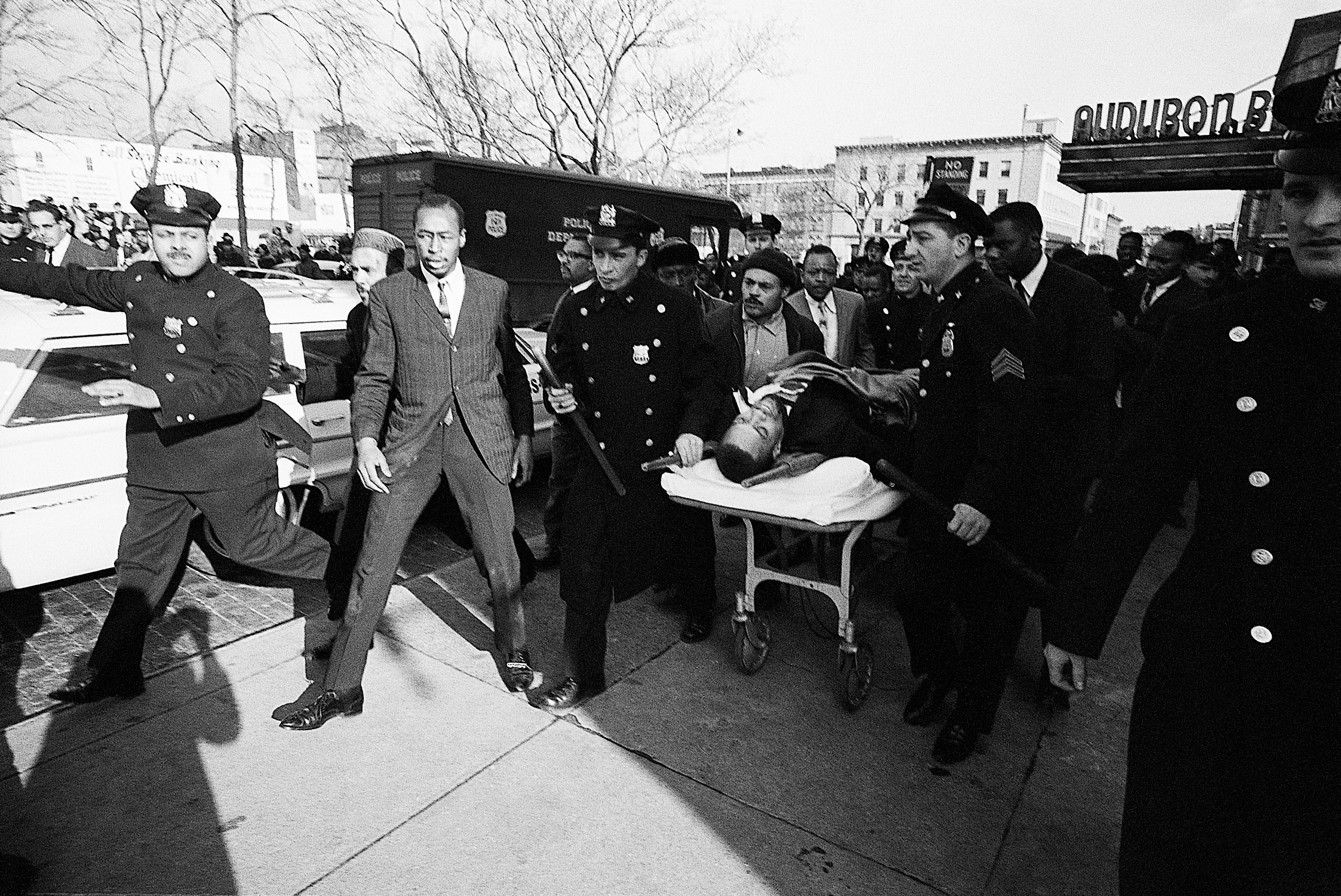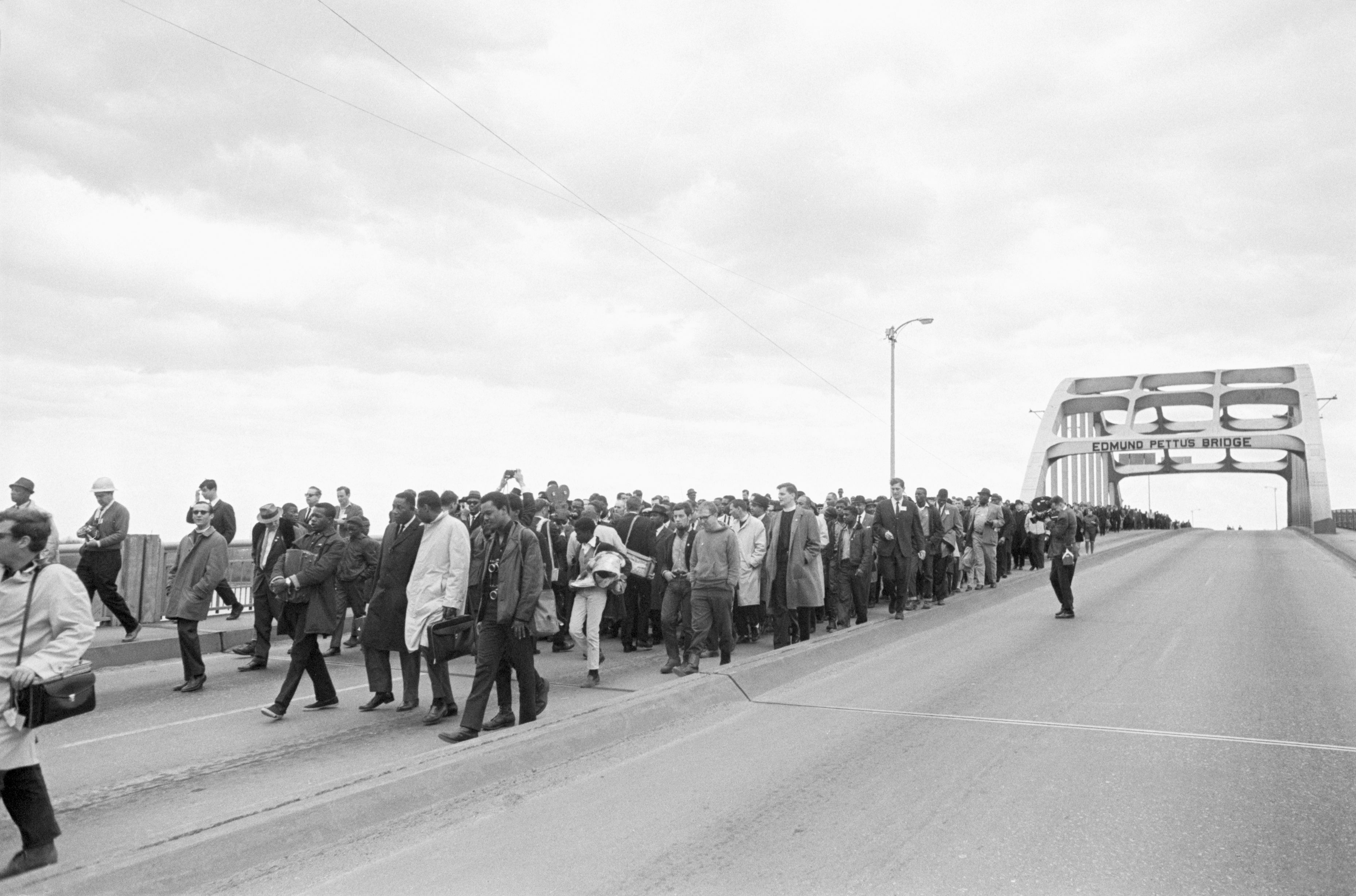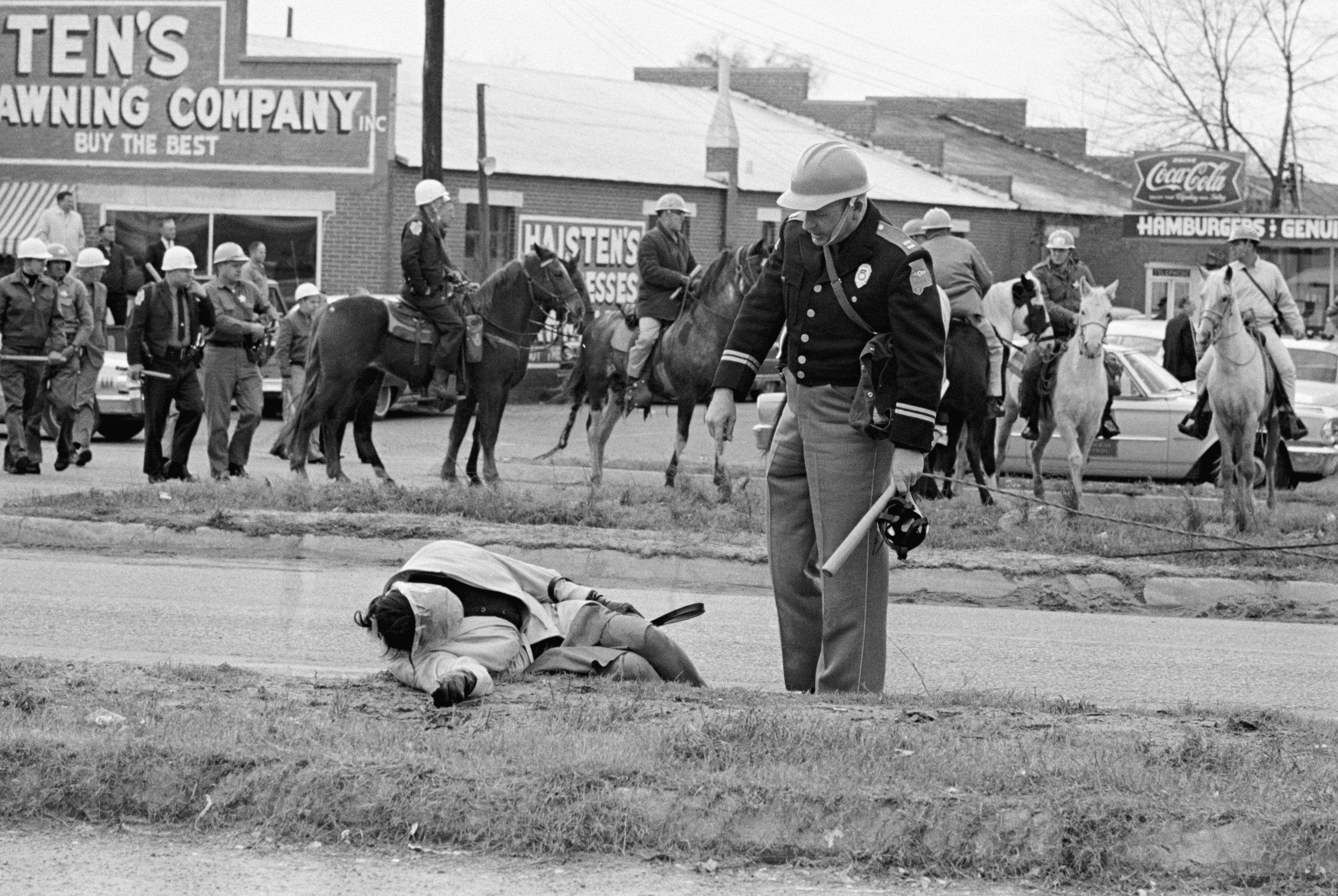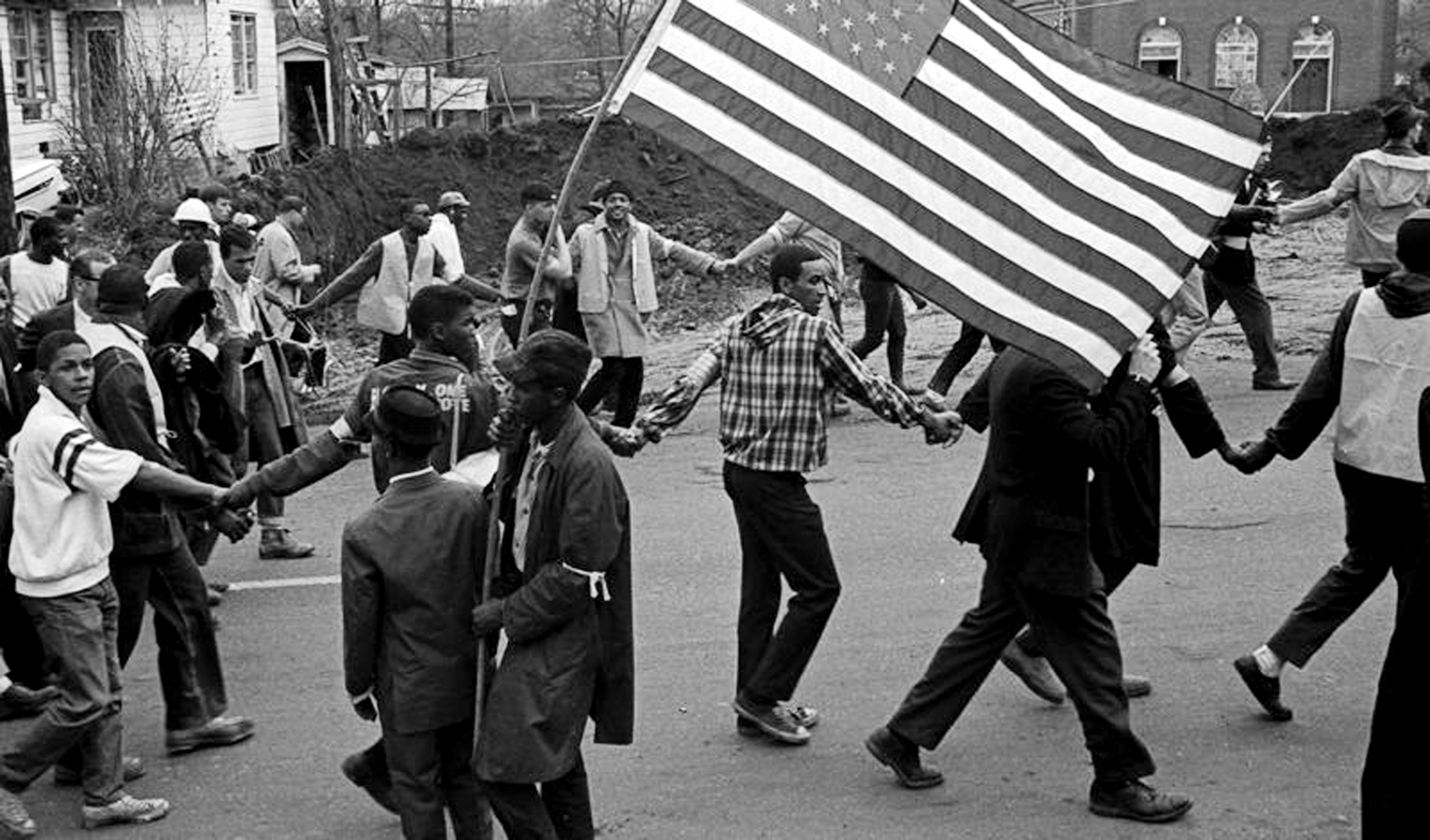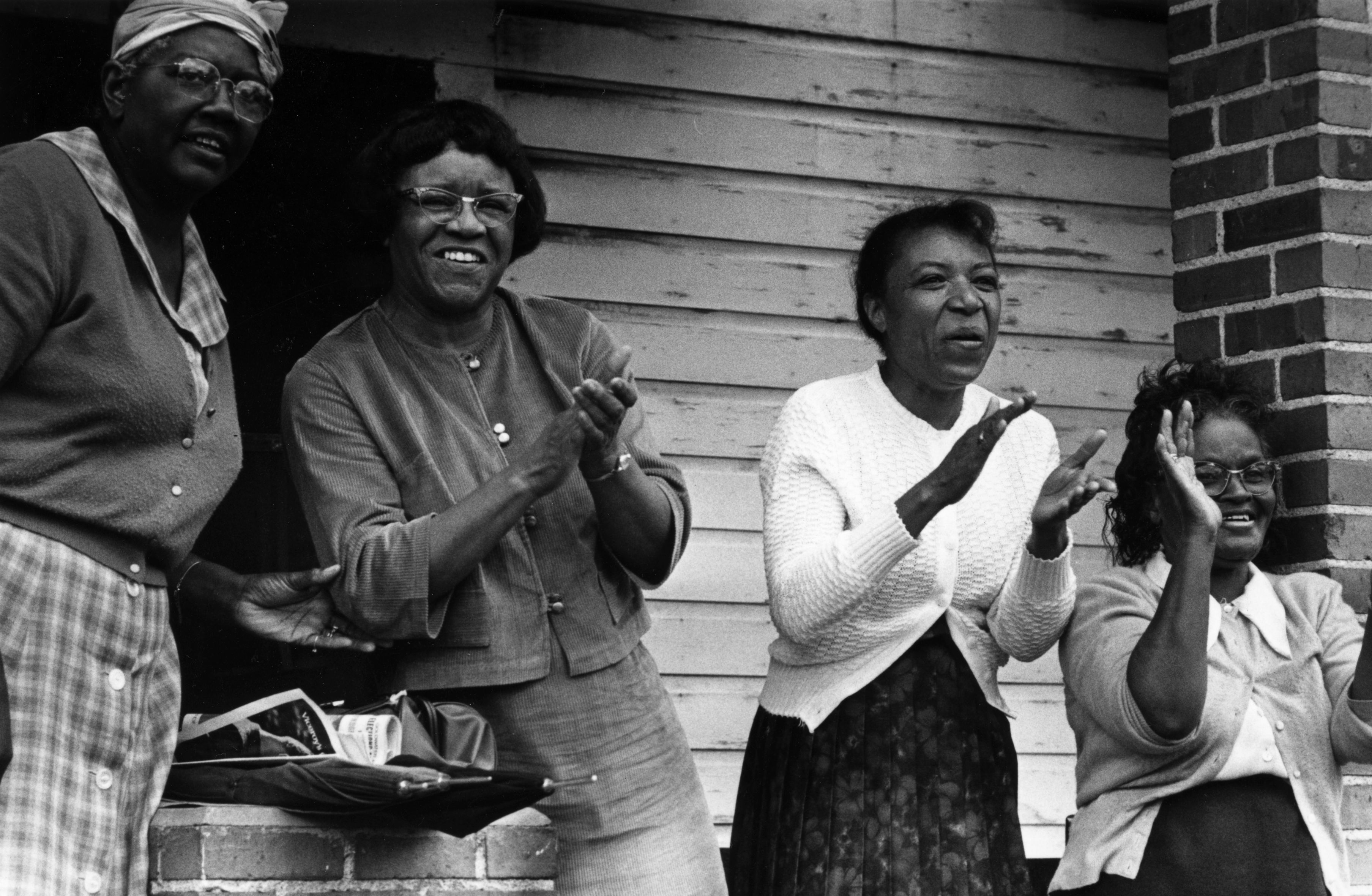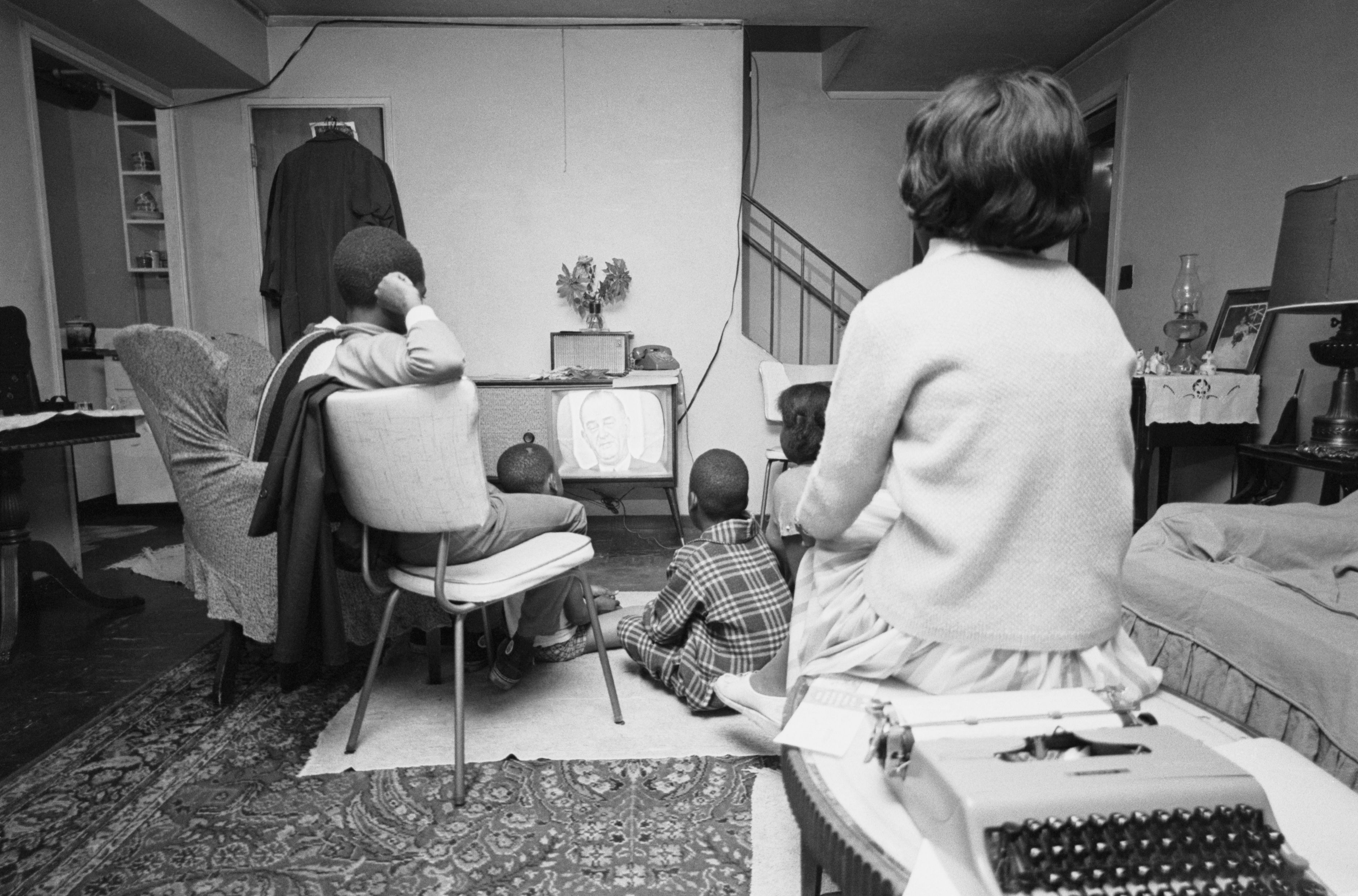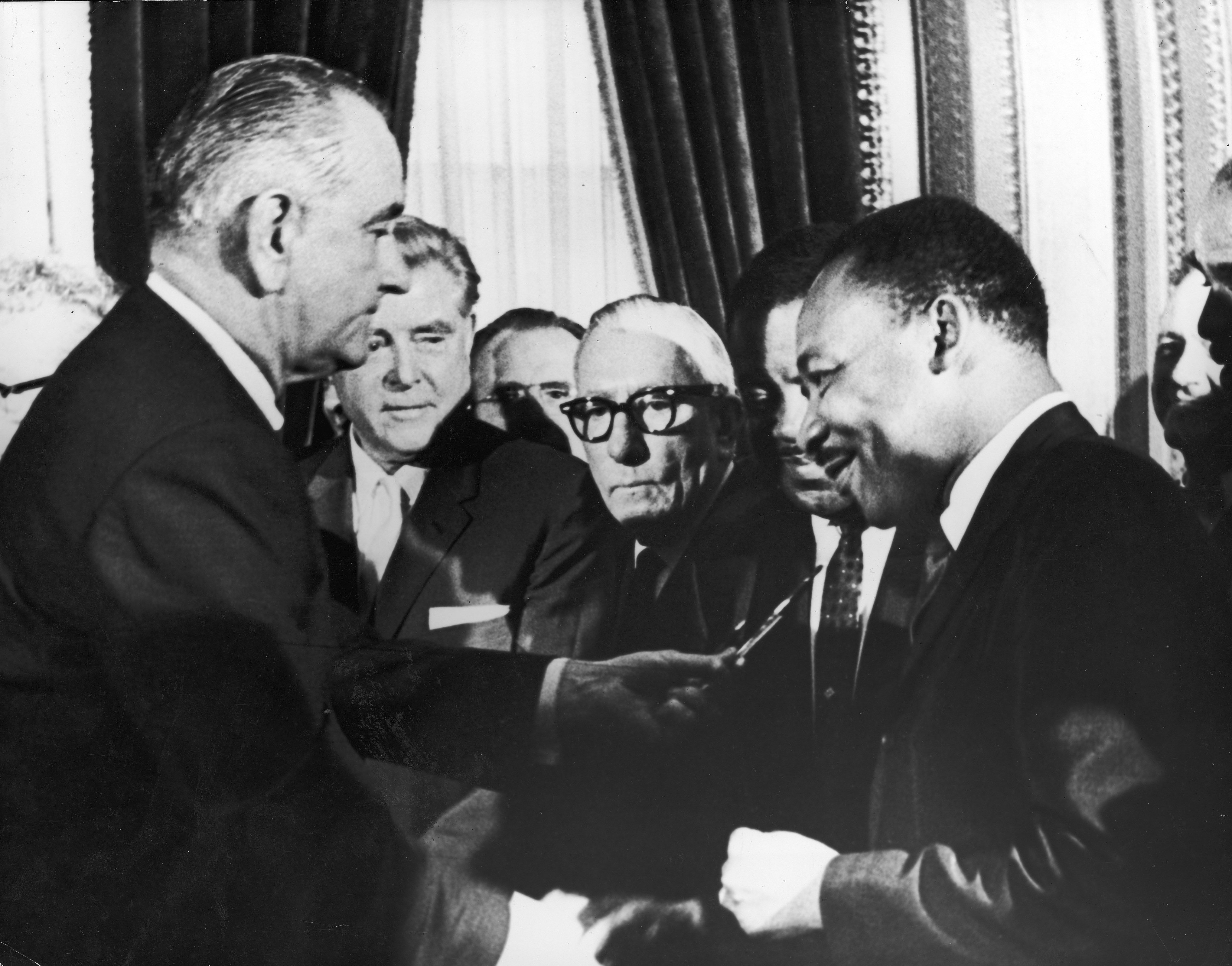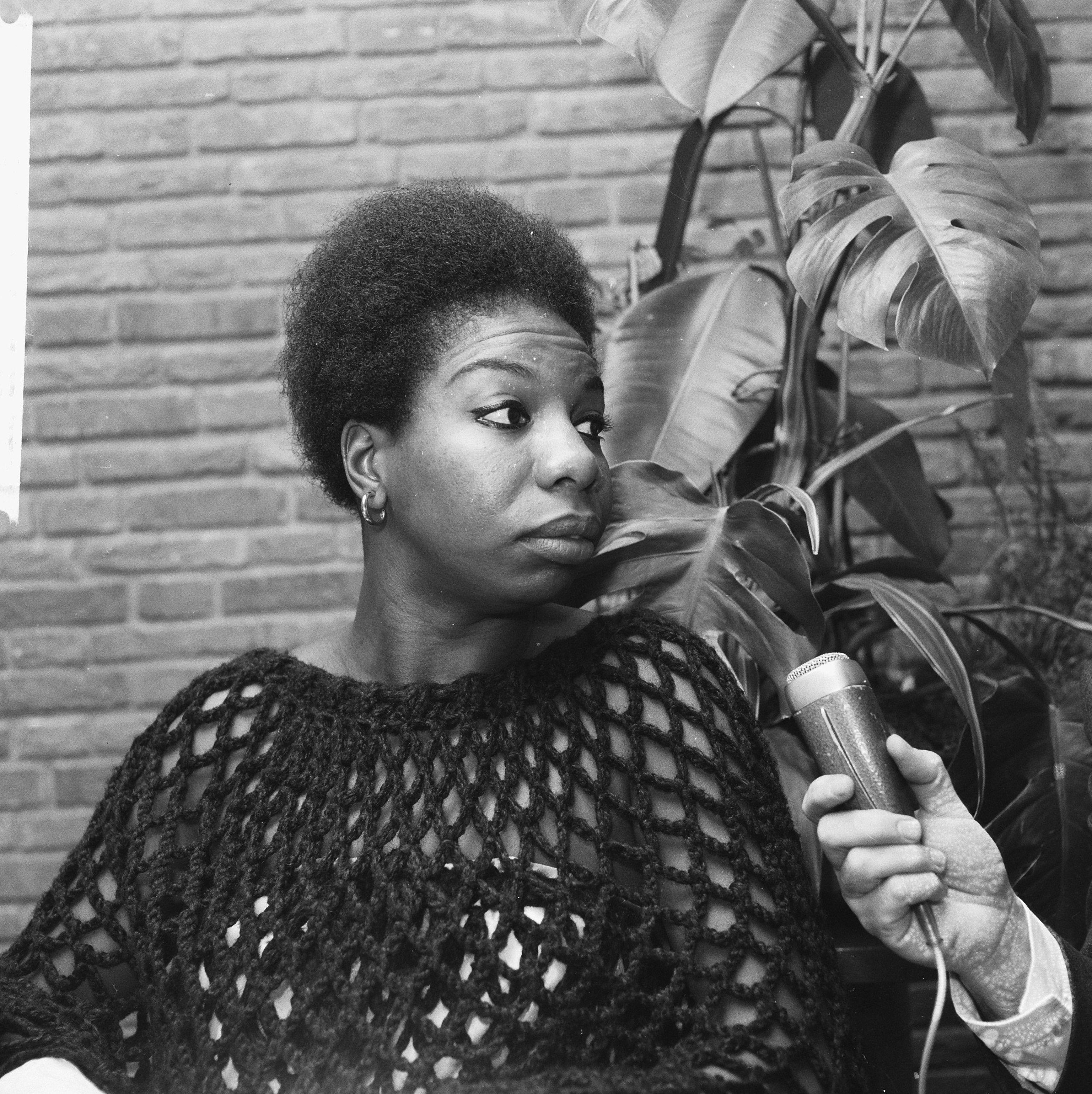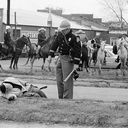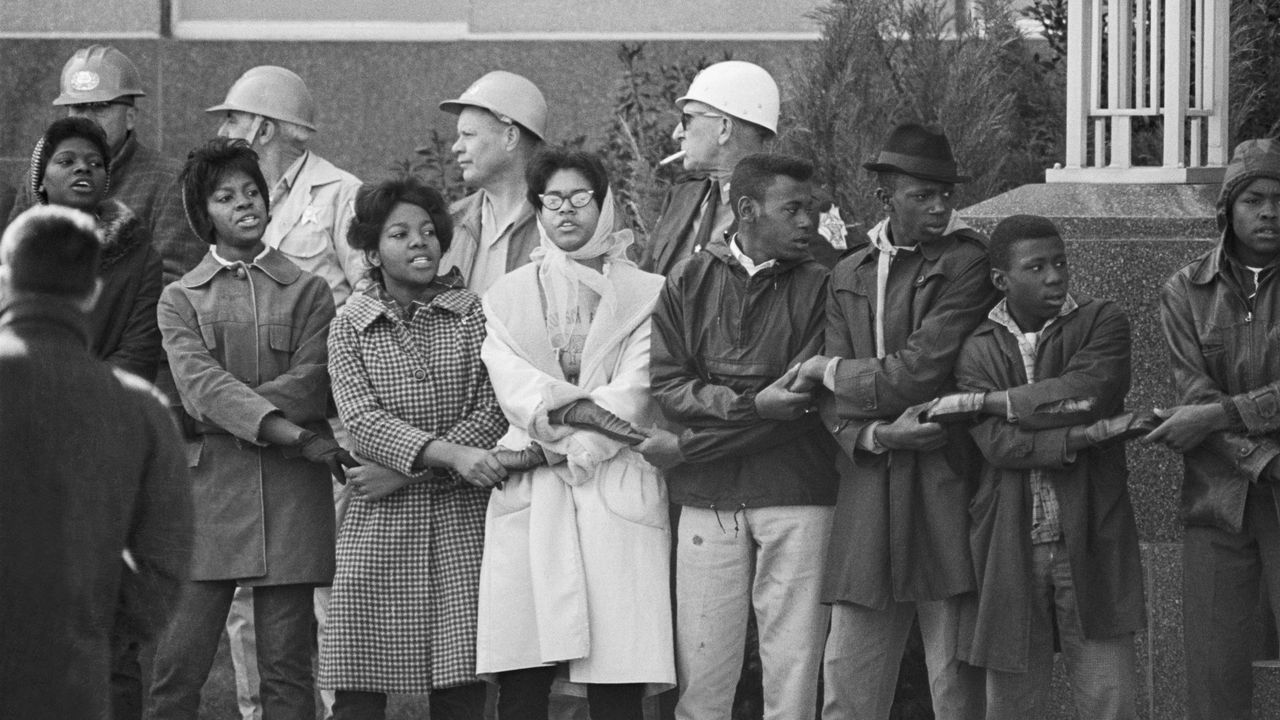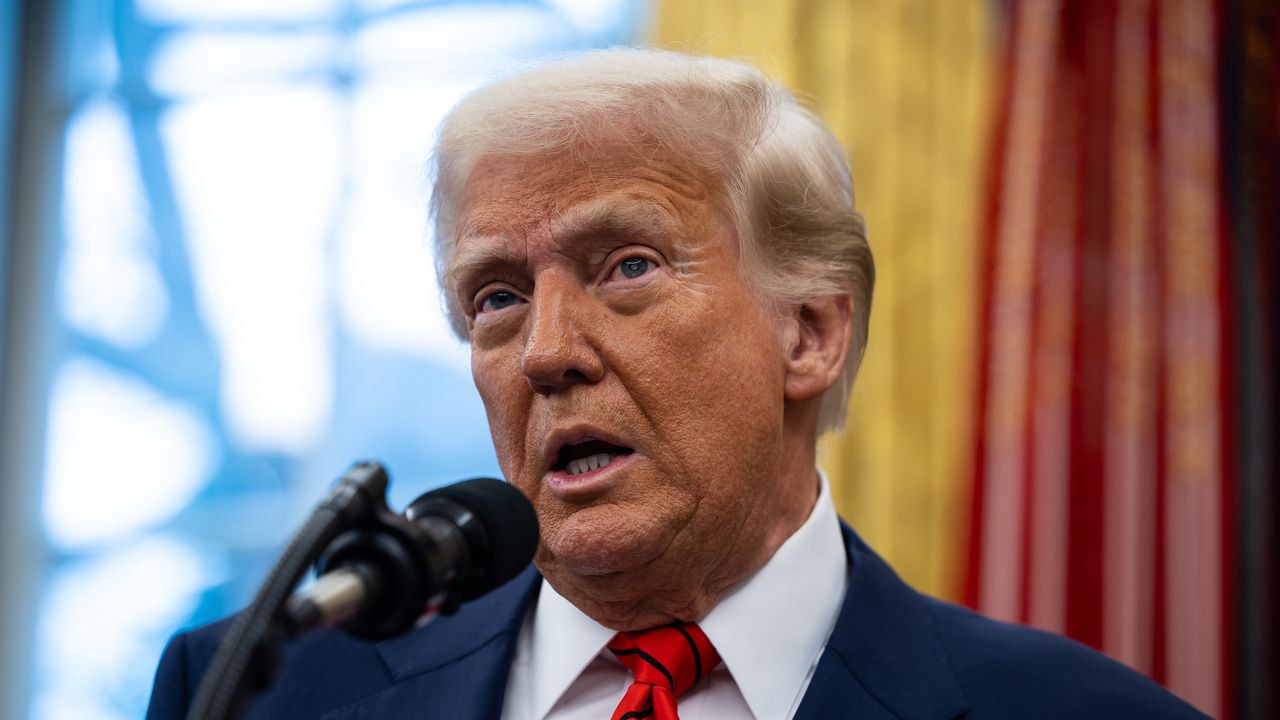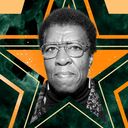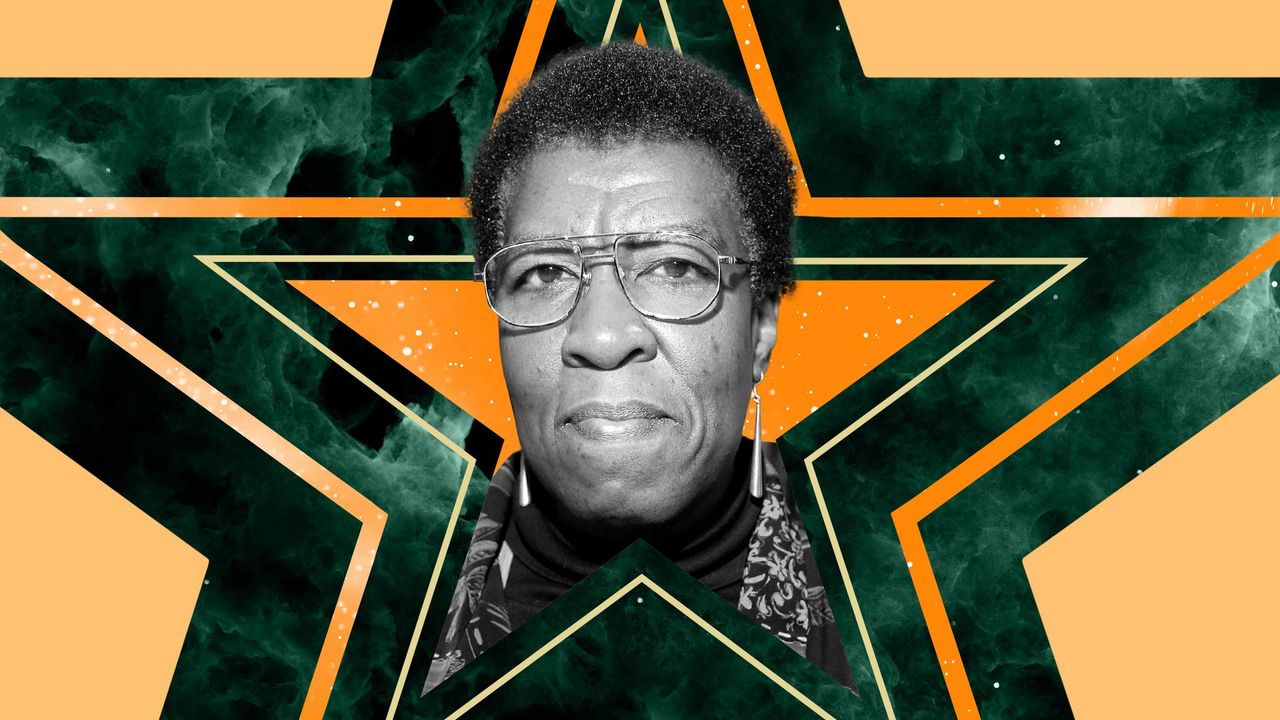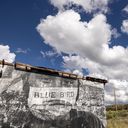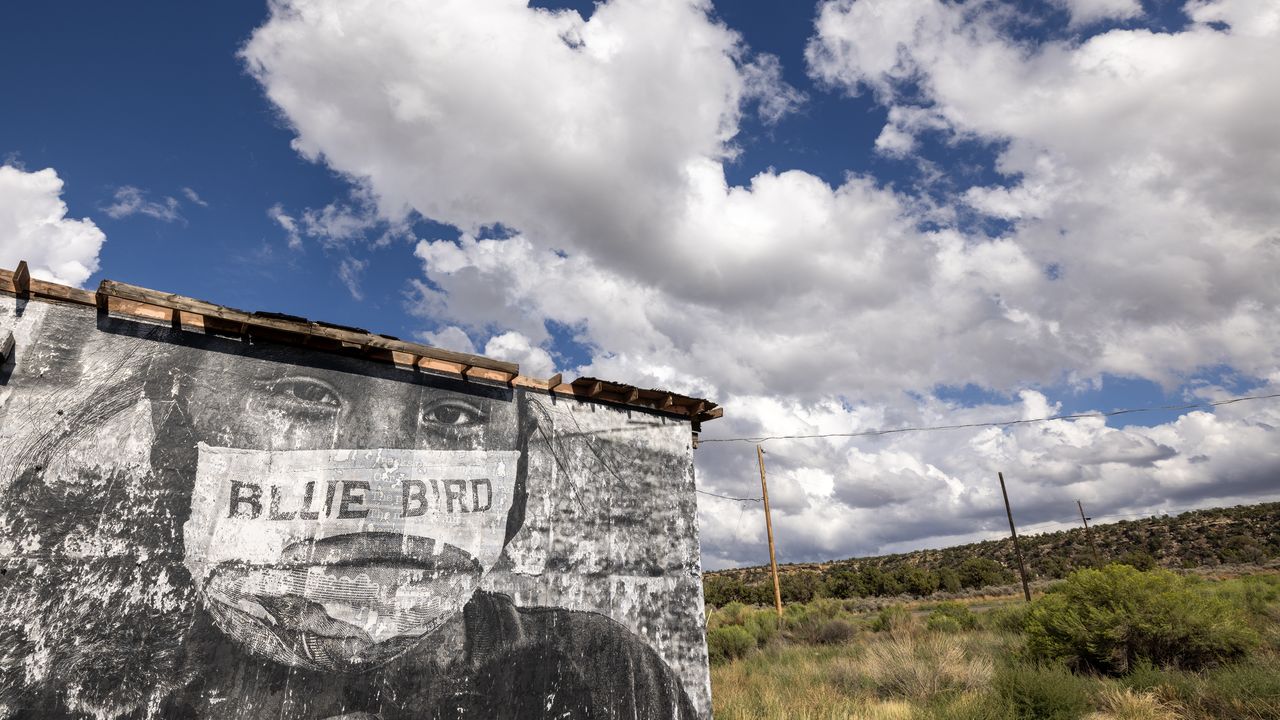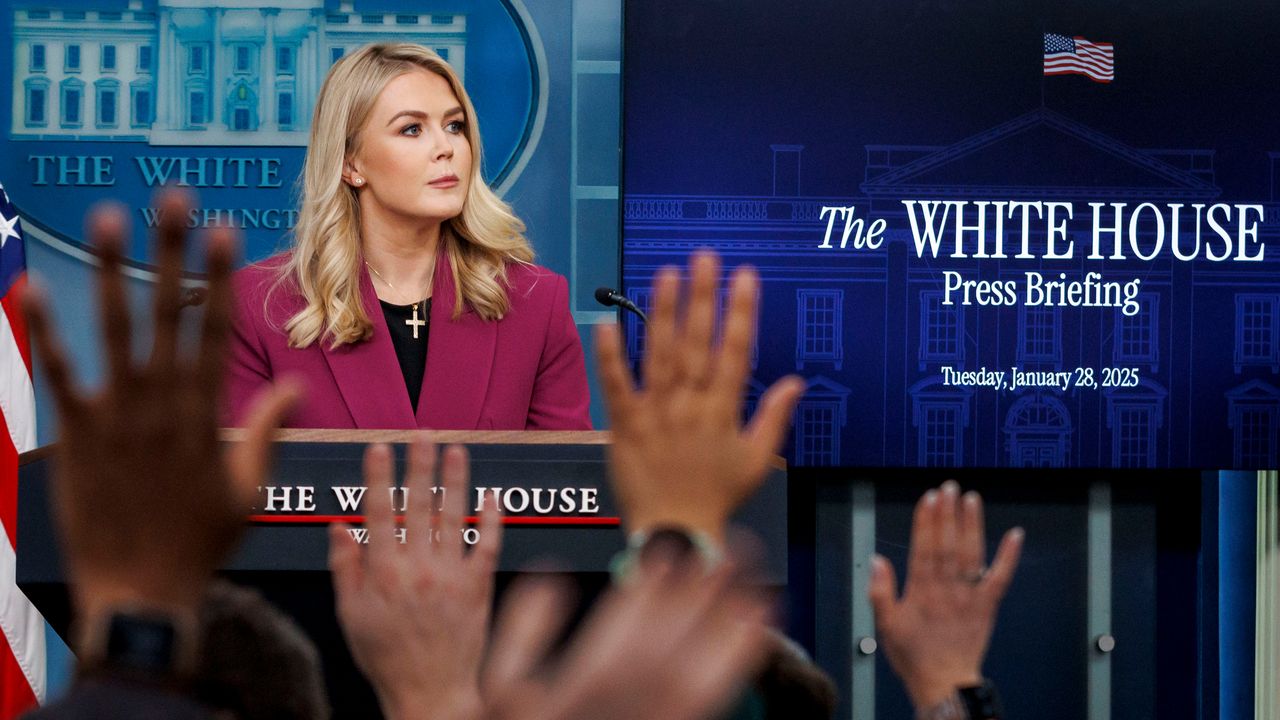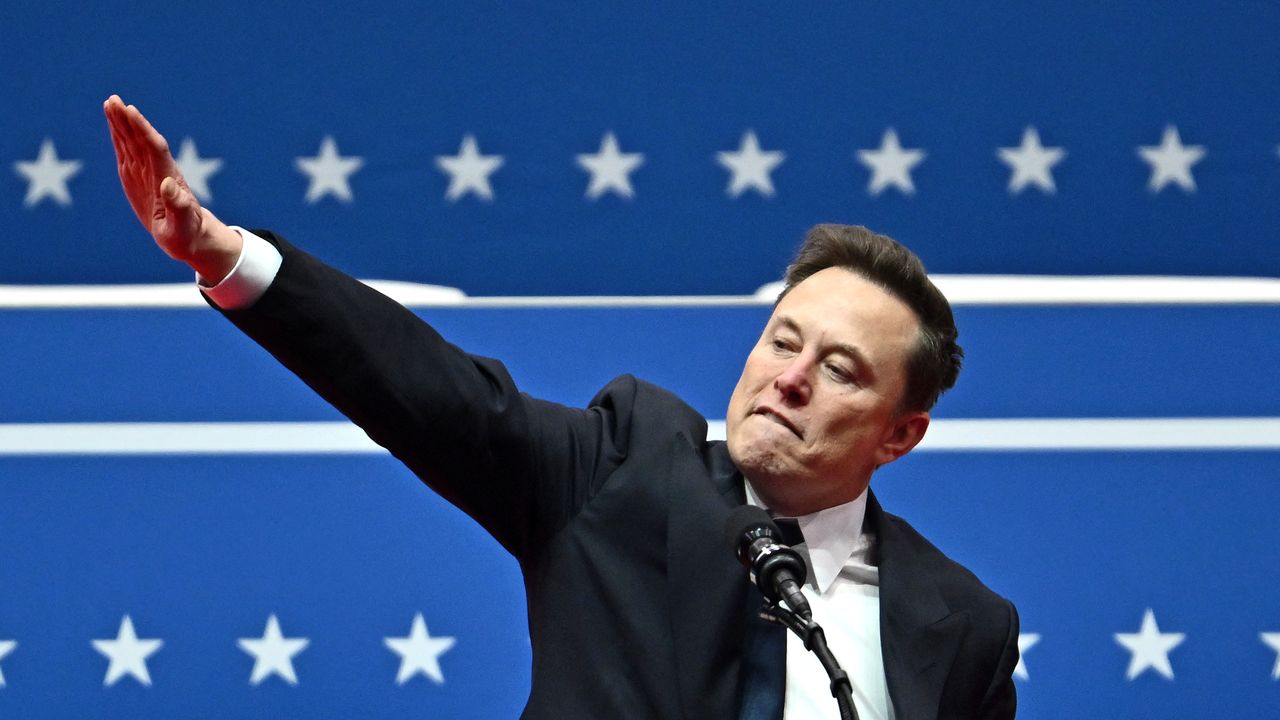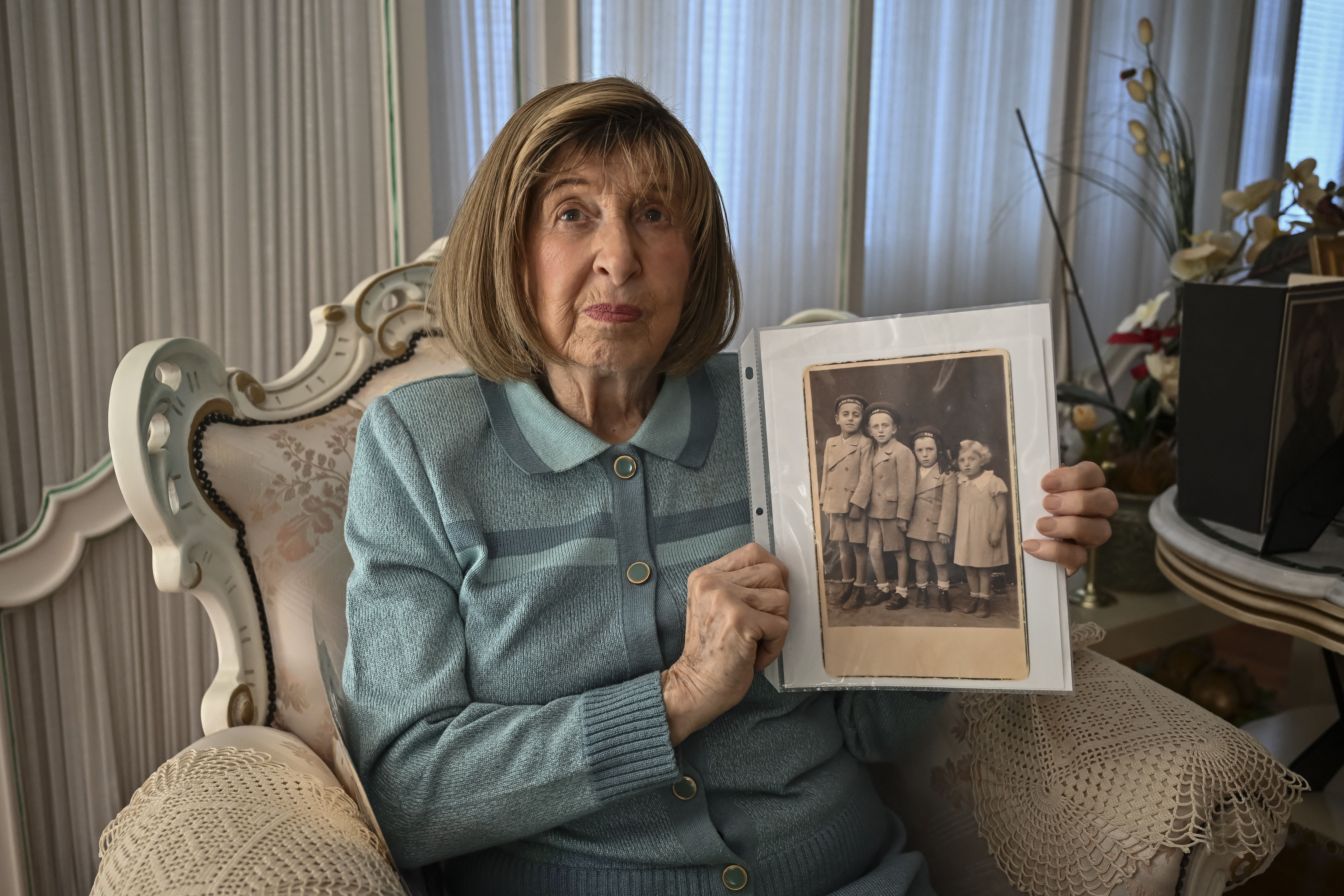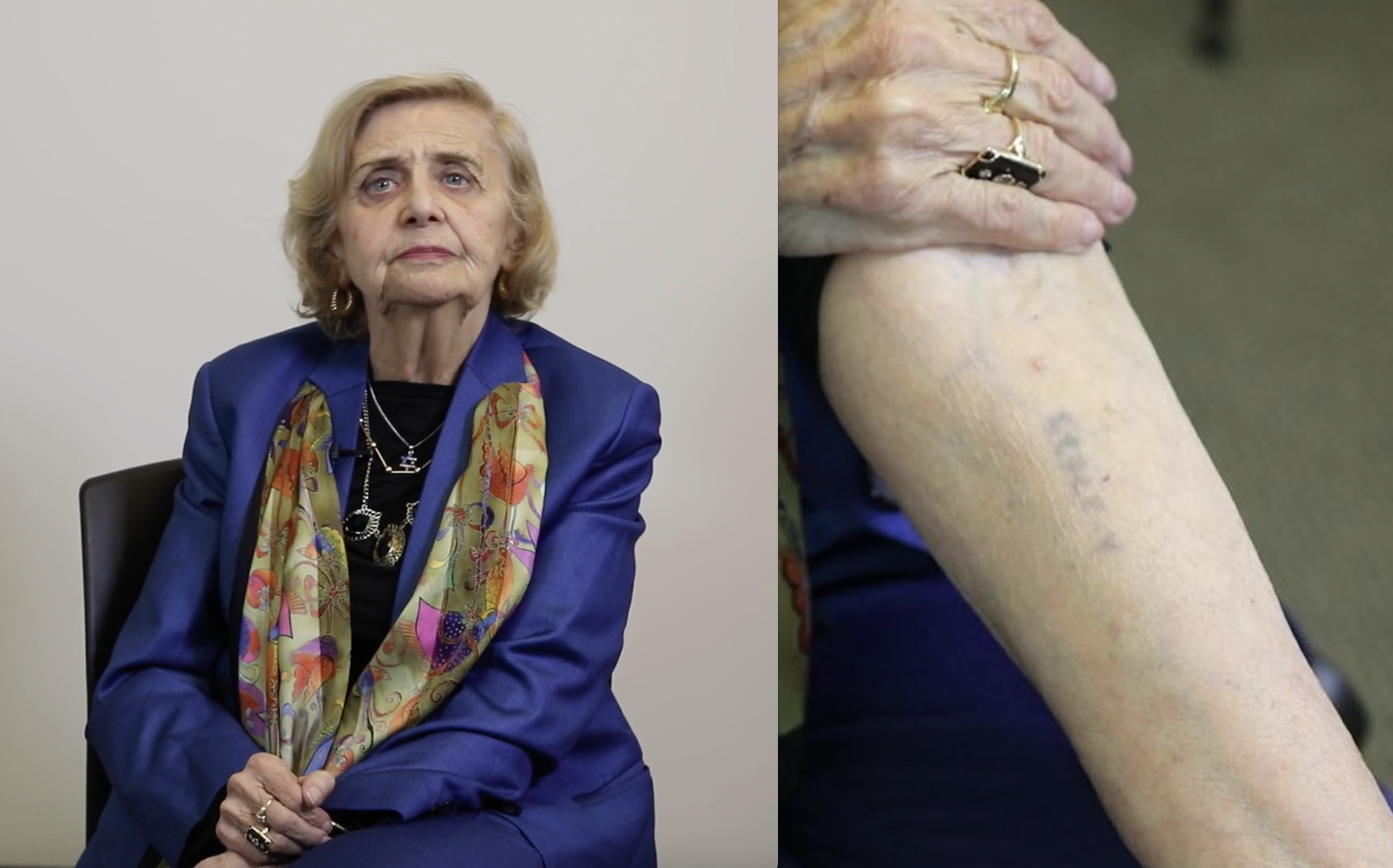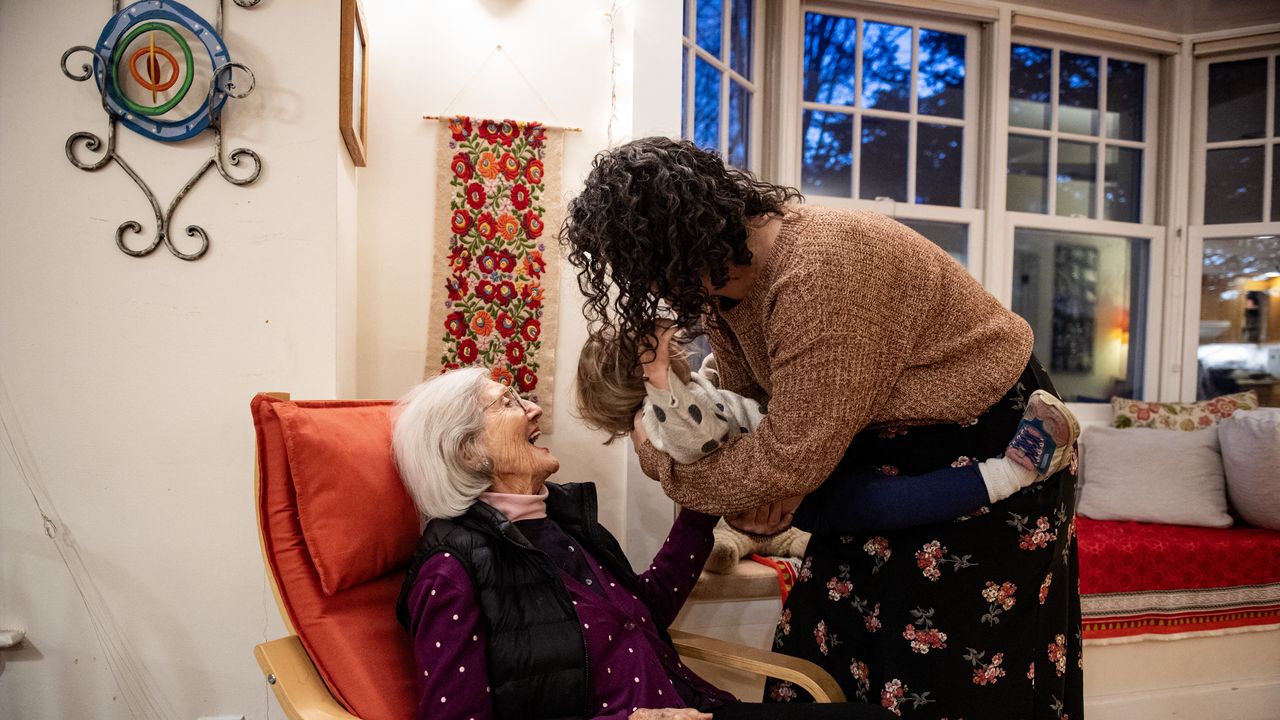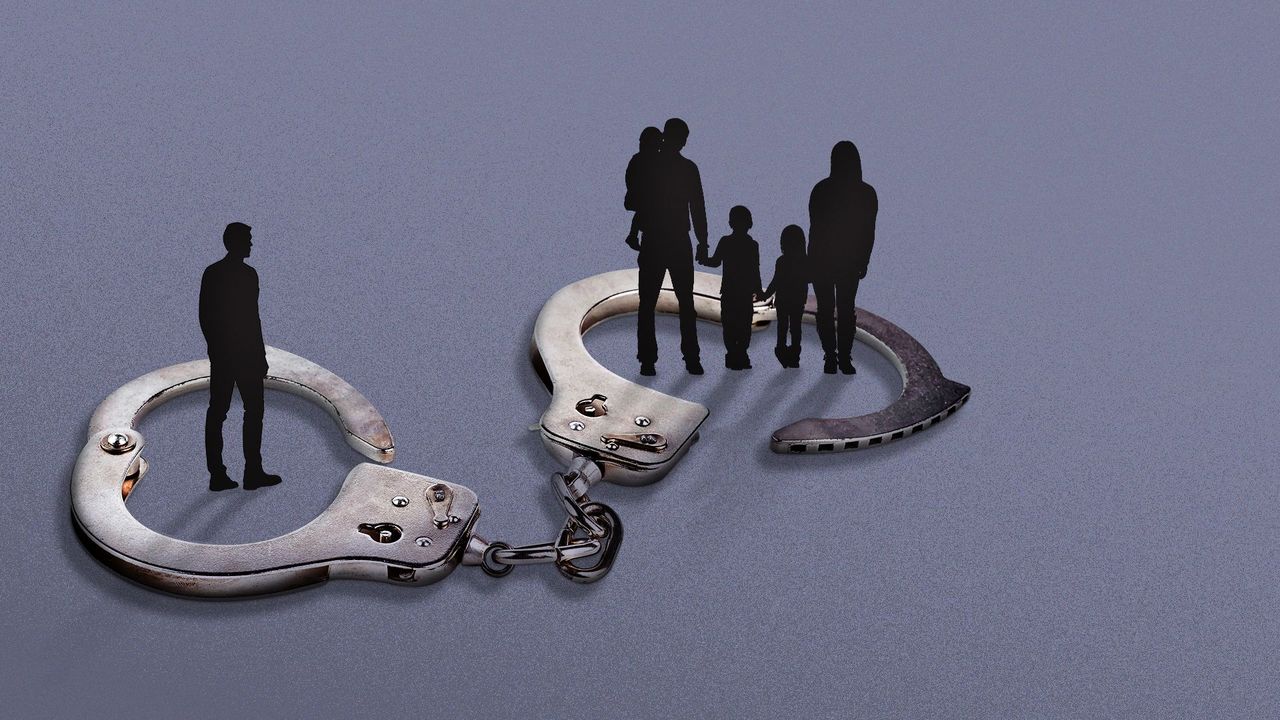New data shows 2024 was highest year for deadly police encounters in 11 years
The number of deadly police encounters jumped last year to its highest level since 2013, according to newly released data.
Why this matters: The rise comes as the momentum for police reform has died five years after the 2020 murder of George Floyd and as President Trump ends initiatives aimed at reducing police misconduct.
By the numbers: A mapping initiative by Campaign Zero, an organization that advocates against police violence, found that 2024 saw 1,365 people killed by law enforcement.
- That was less than a 1% increase from the previous year, but the small spike came as early data showed an overall national decline in homicides and other violent crimes.
- A large majority of police killings (64.6%) were in response to 911 calls, the analysis found.
- Over half of people (54.7%) killed by U.S. law enforcement were between the ages of 20 and 40 years old.
- When information has been available about the mental state of the victim (70% of cases), 1 in 5 people killed by police exhibited signs of mental illness (not including drug/alcohol use).
Zoom in: Black and Latino residents continued to be disproportionately affected, both nationally and locally, based on new neighborhood data that Campaign Zero began tracking in 2024.
- In Chicago, for example, Black residents were more than 30 times more likely to be killed than white residents.
- In St. Louis, Black residents were more than 10 times more likely to be killed than white residents.
What they're saying: "This rise in police violence, even as homicides and violent crime decline nationwide, is a deeply troubling trend that demands data-backed solutions," Campaign Zero said in a statement.
How it works: The database relies on media reports to track any incident in which a law enforcement officer, whether off-duty or on-duty, uses force resulting in someone's death.
- Campaign Zero executive director DeRay Mckesson told Axios that researchers scour the internet daily for the latest police shootings and verify them to confirm details before including them in the database.
- If staff can't reasonably confirm a person's race or ethnicity, that person is classified as having an "unknown race," Mckesson said.
- The organization says its database has captured 92% of all police killings since 2013.
Between the lines: Last year saw a momentary re-examination of police violence after the fatal deputy shooting of Sonya Massey, an Illinois Black woman who had called 911 for help.
- A fatal beating of a Black man by white corrections officers at an upstate New York prison that was caught on body cam video also sparked anger, investigations and planned protests.
Yes, but: Former Vice President Kamala Harris did not make police reform central to her presidential campaign as she sought to win over white voters in Pennsylvania and Michigan.
- She mentioned the Massey killing and urged the GOP-controlled Congress to pass the stalled George Floyd Justice in Policing Act.
- President Trump campaigned on ending all Department of Justice pattern and practice investigations into troubled police departments
Flashback: After the 2020 racial reckoning from protests called for police reforms, many states saw a rise in new laws that reduced qualified immunity for officers, banned choke holds and required body cameras.
- Increases in crime early in President Biden's term, infighting between Black Lives Matter organizations and political stalemates in Congress all but the drive for dramatic policing reforms.
- A conservative backlash that ended public discussions about systemic racism under the guise of banning critical race theory in schools also stalled reform proposals.
